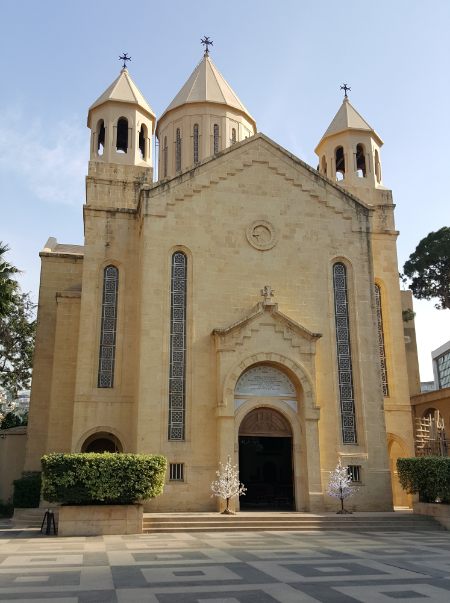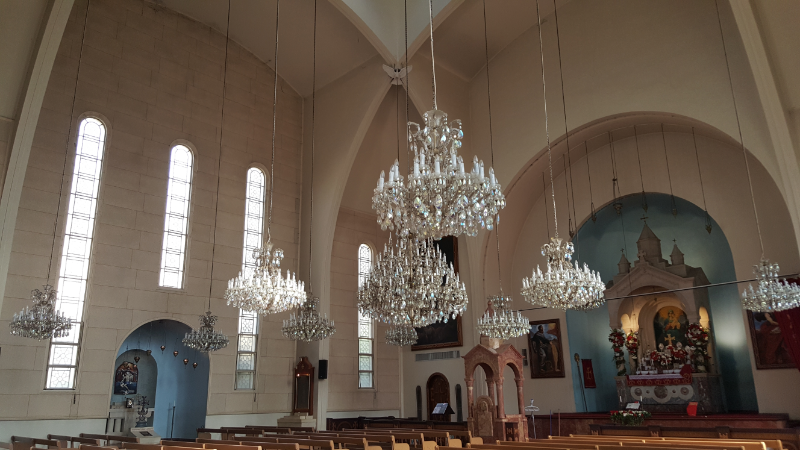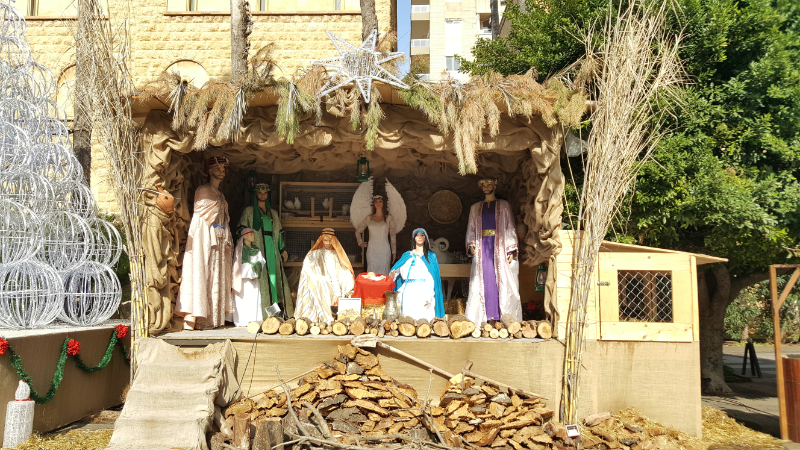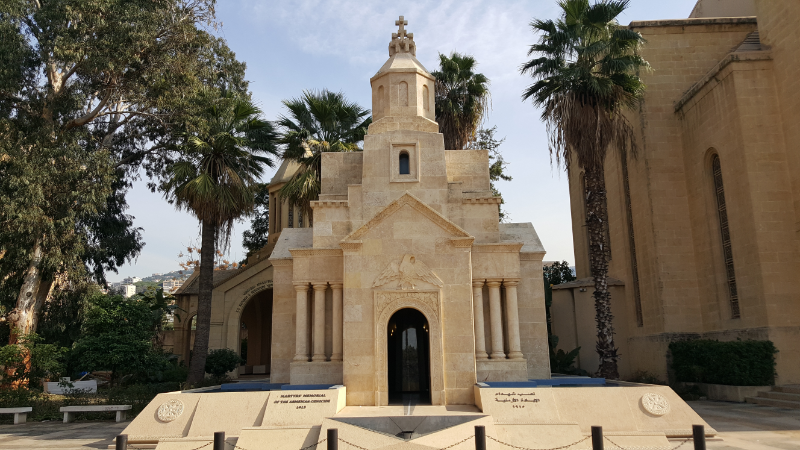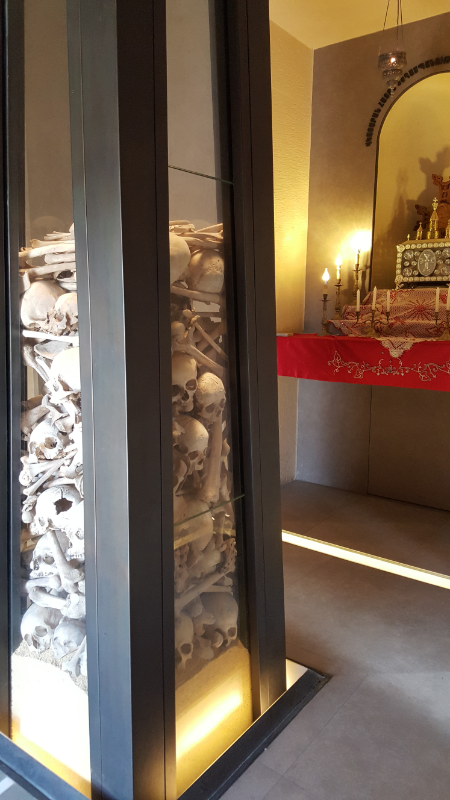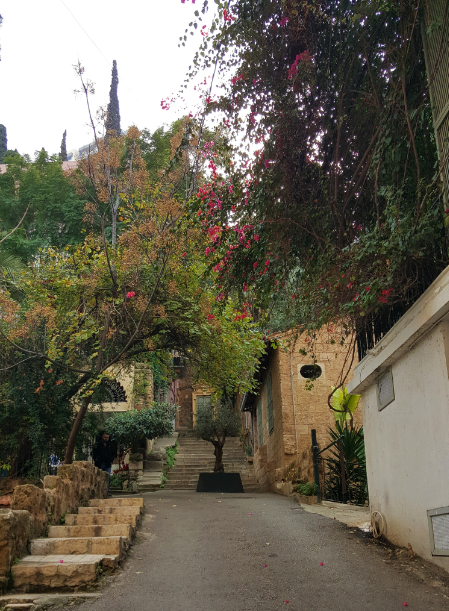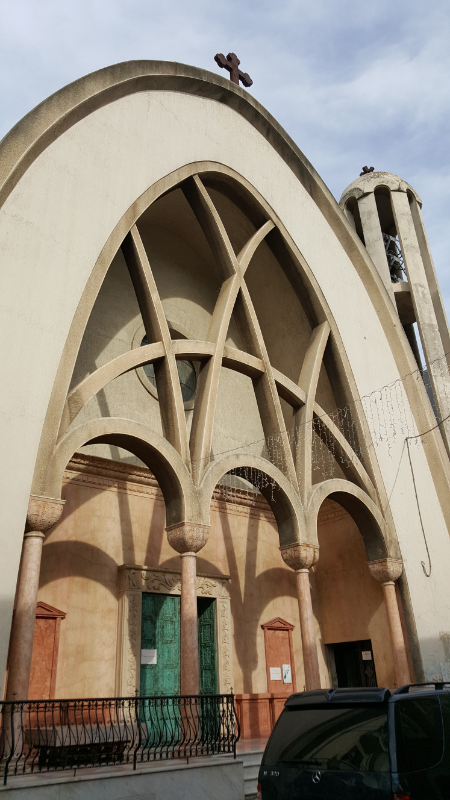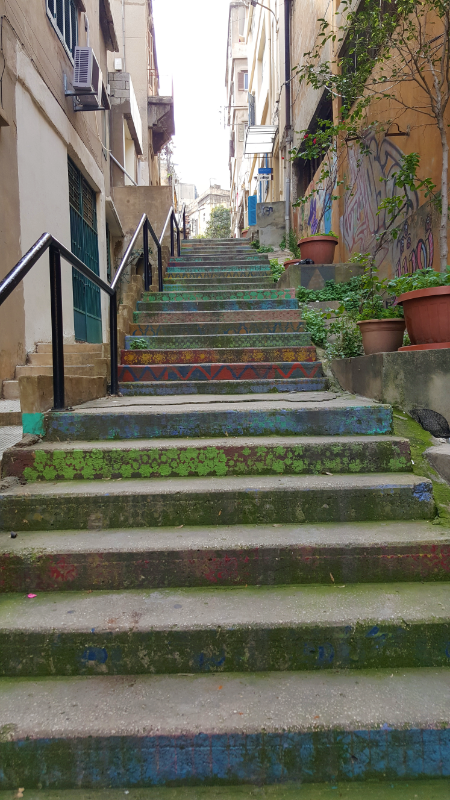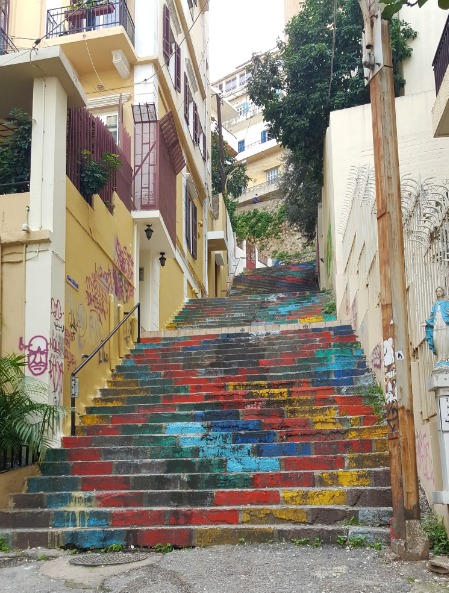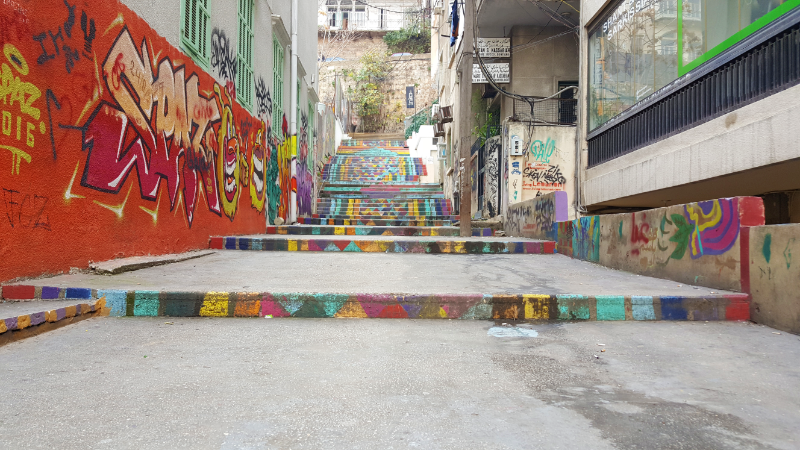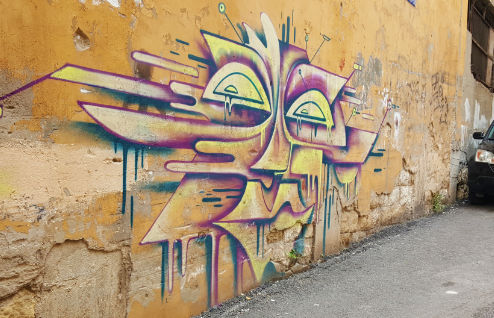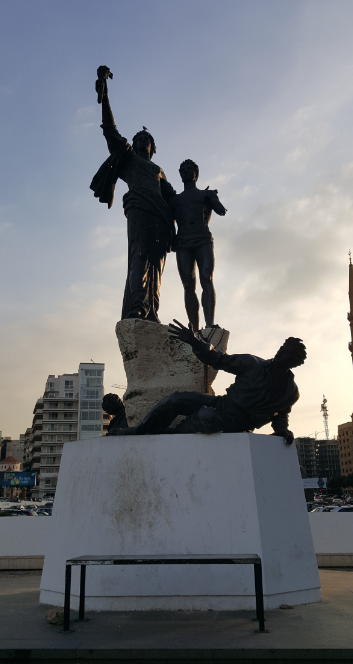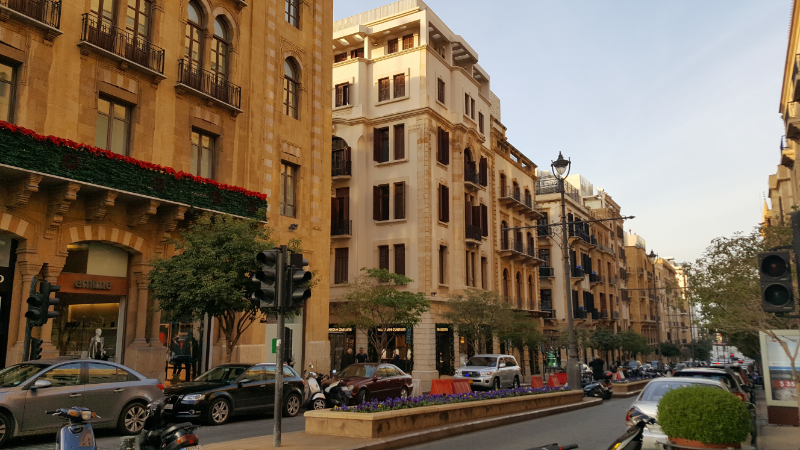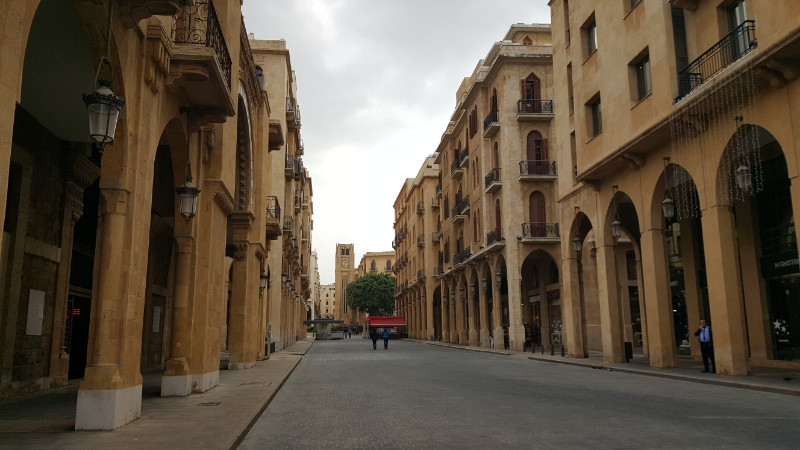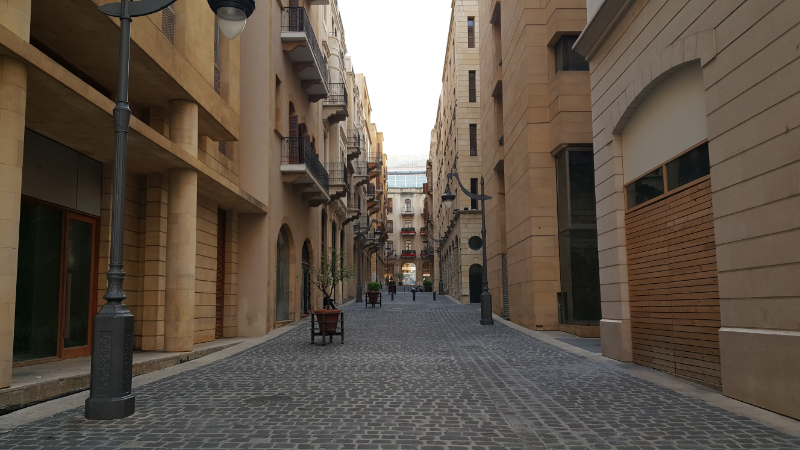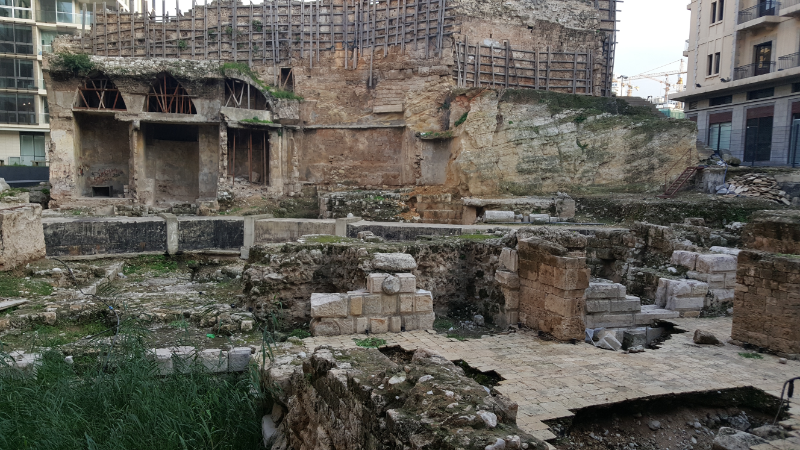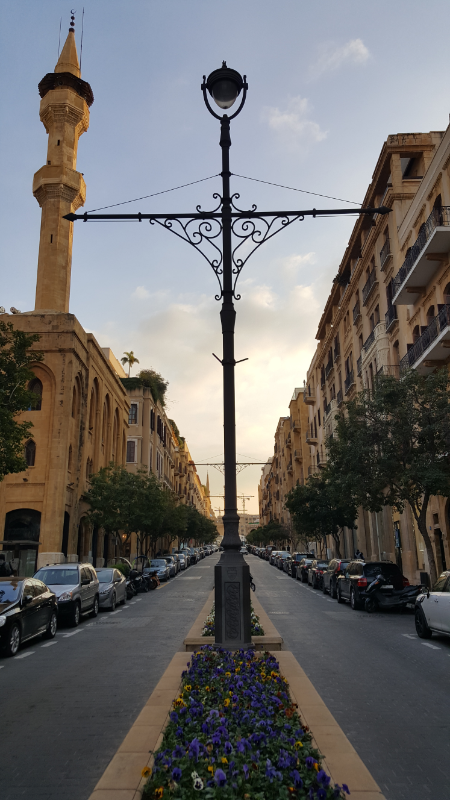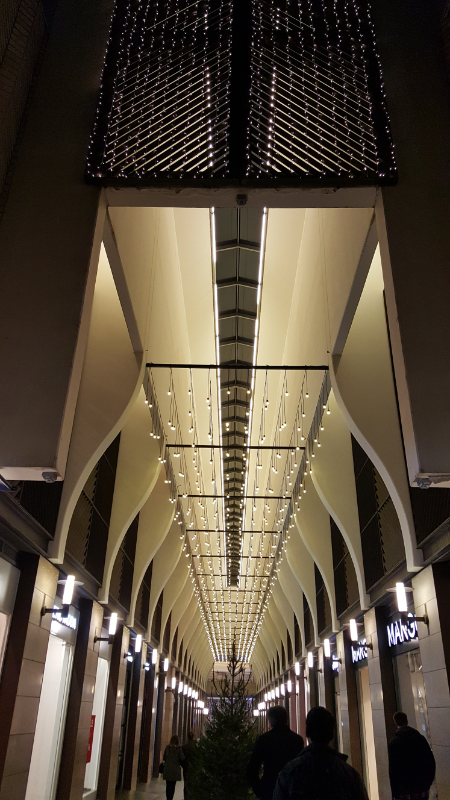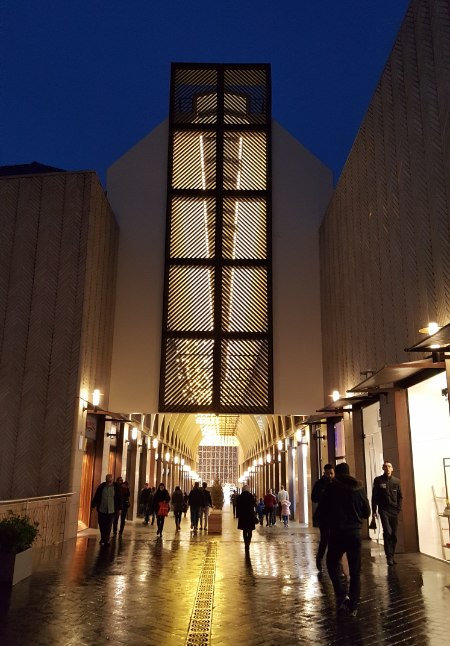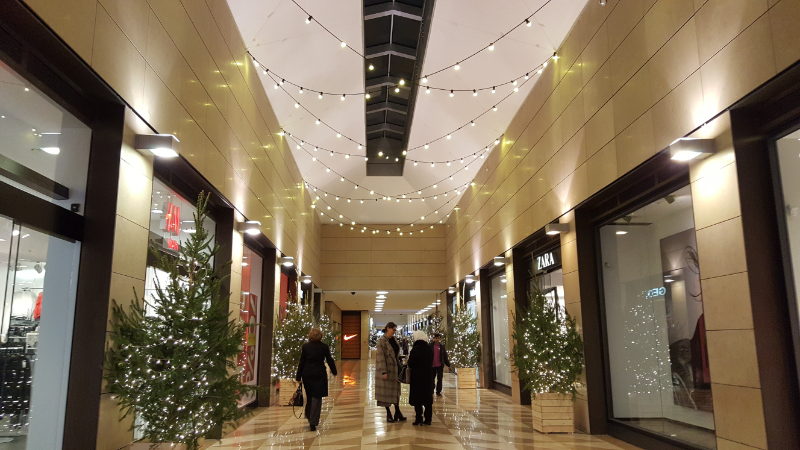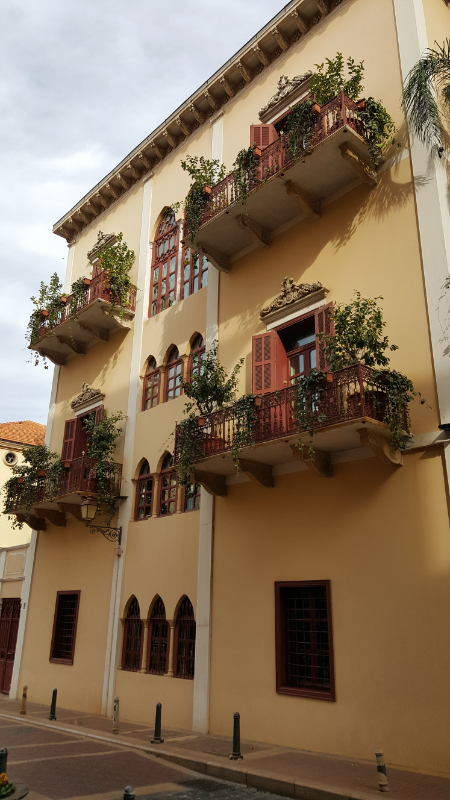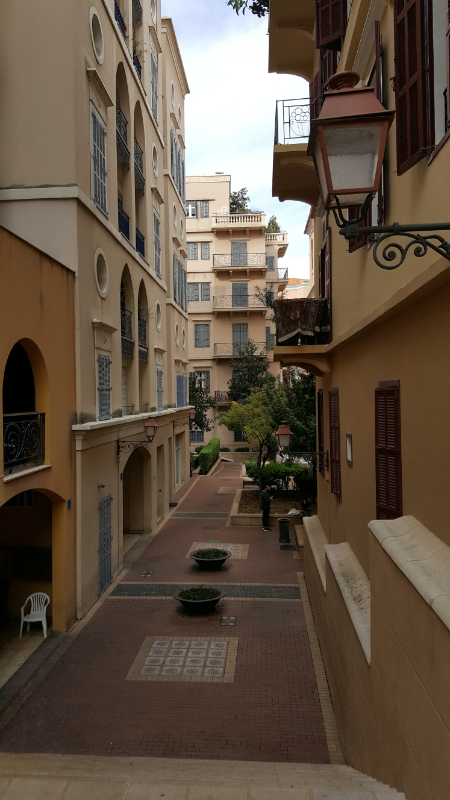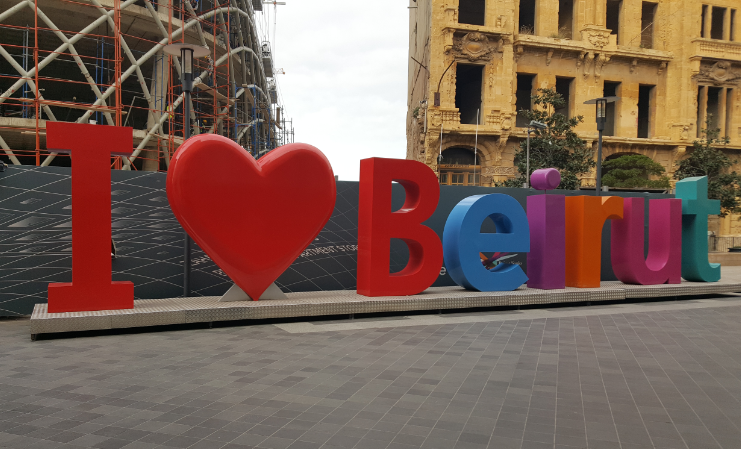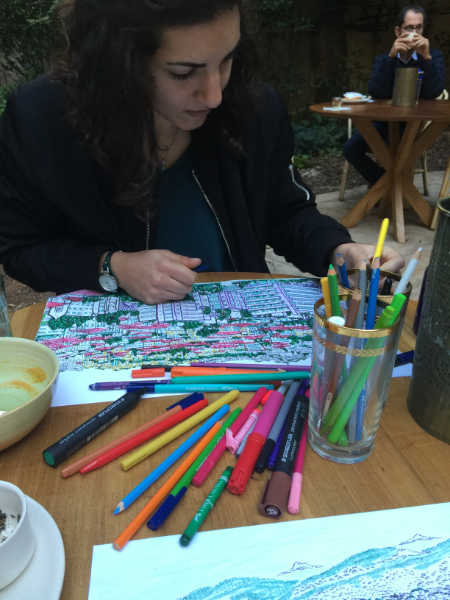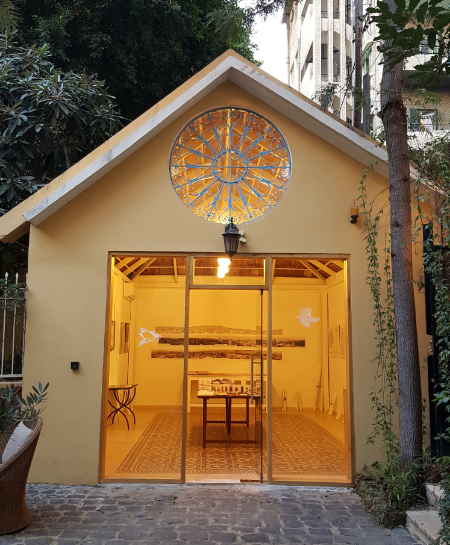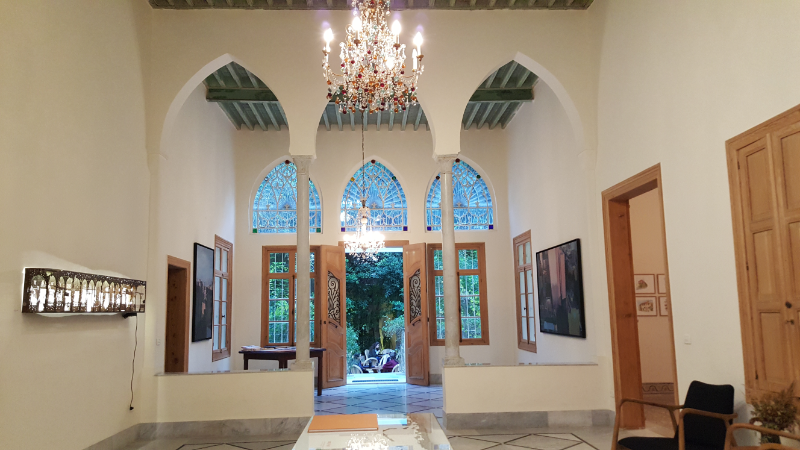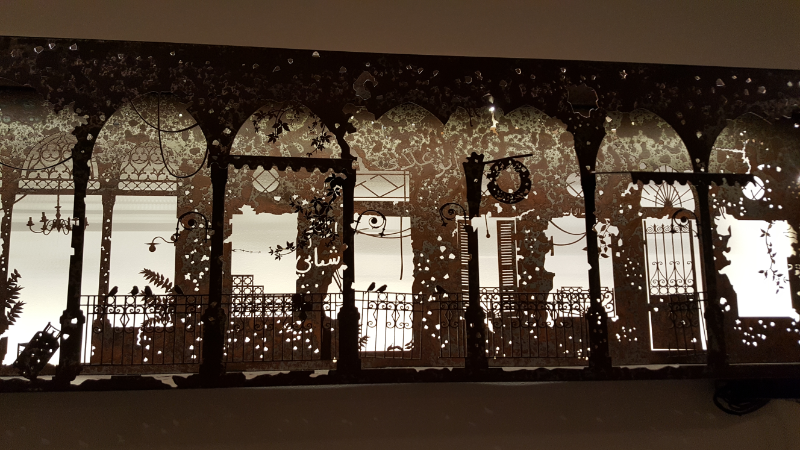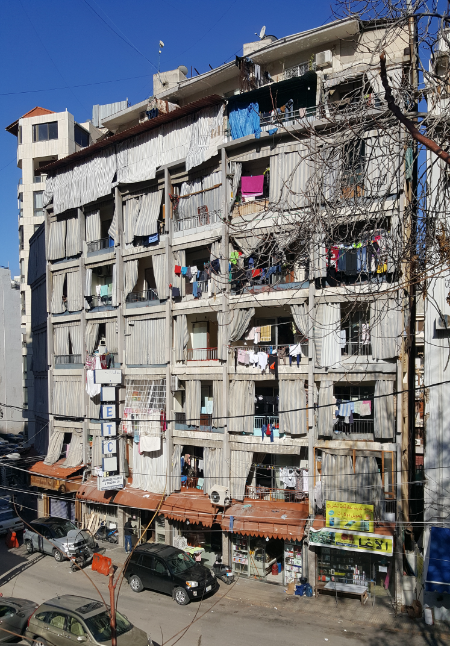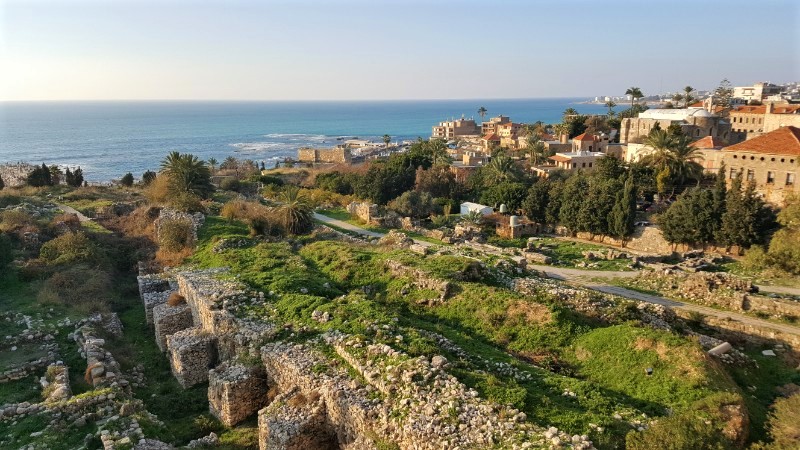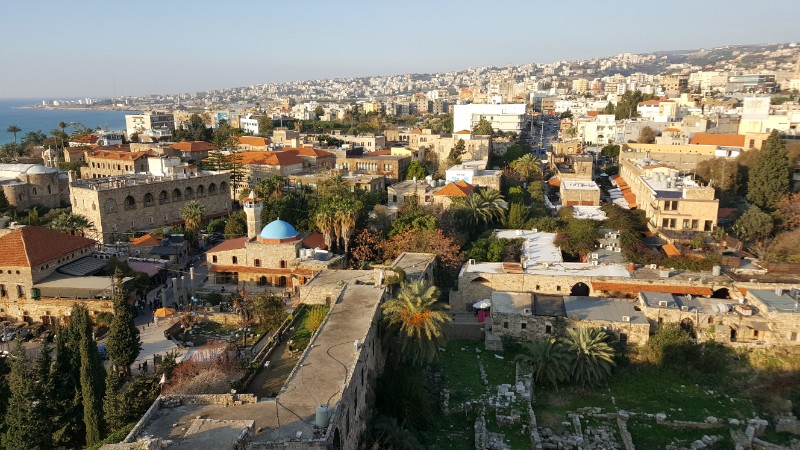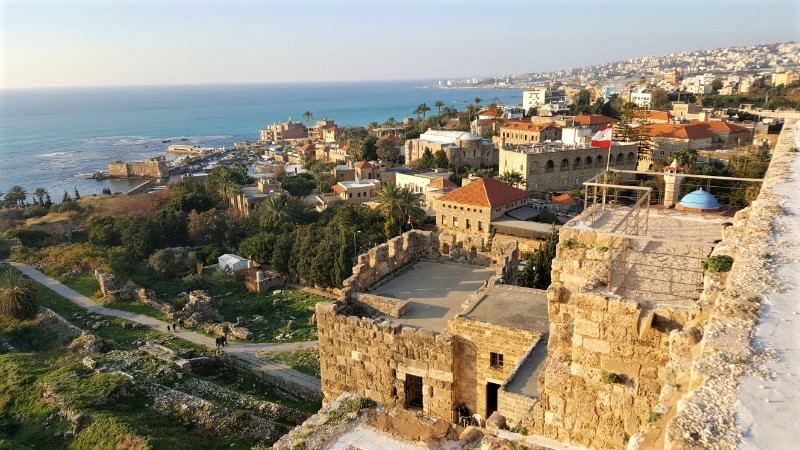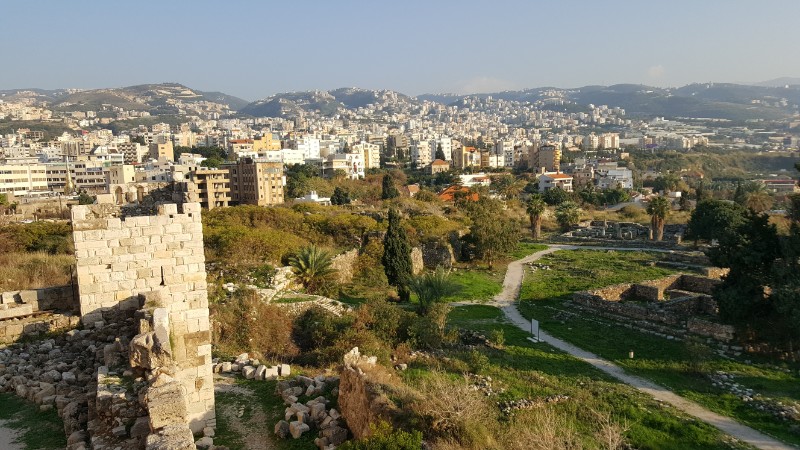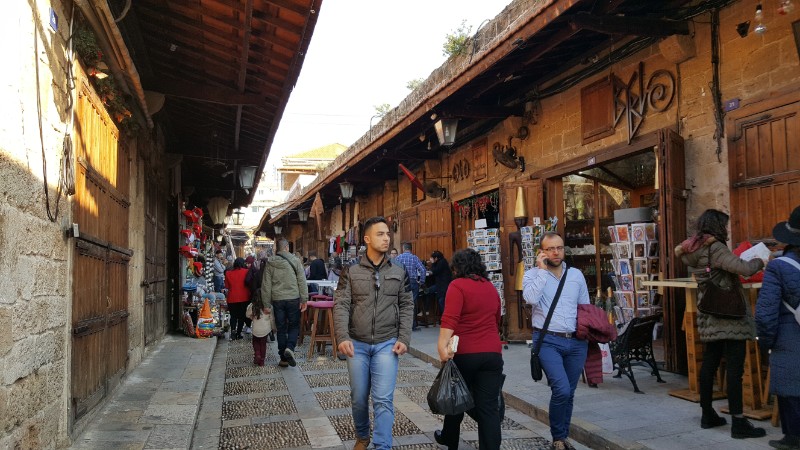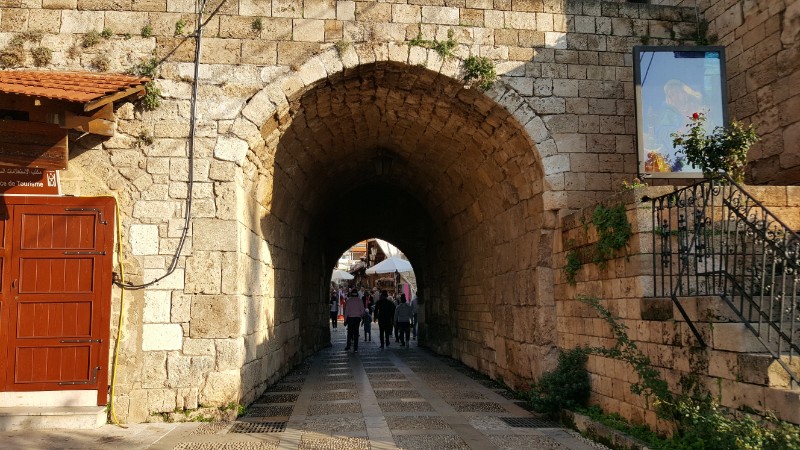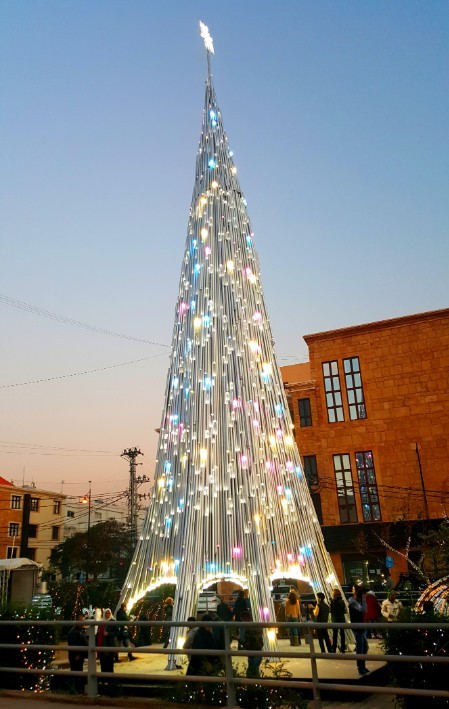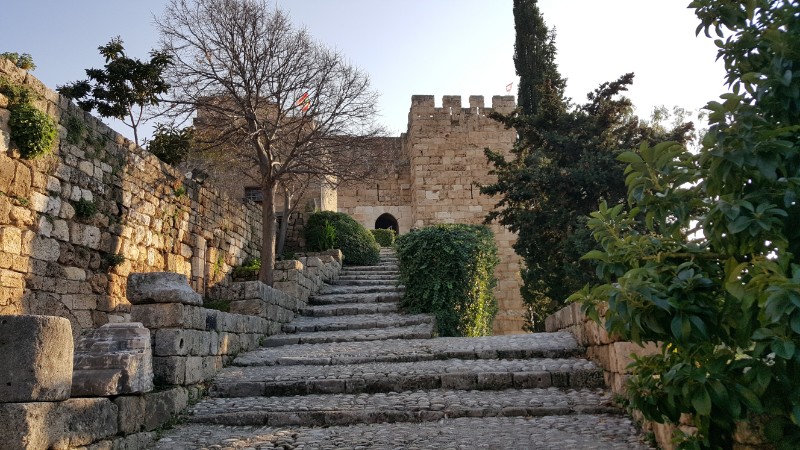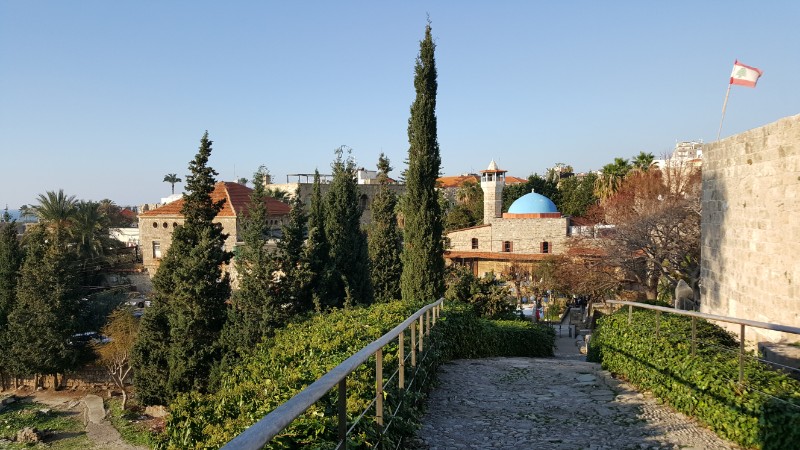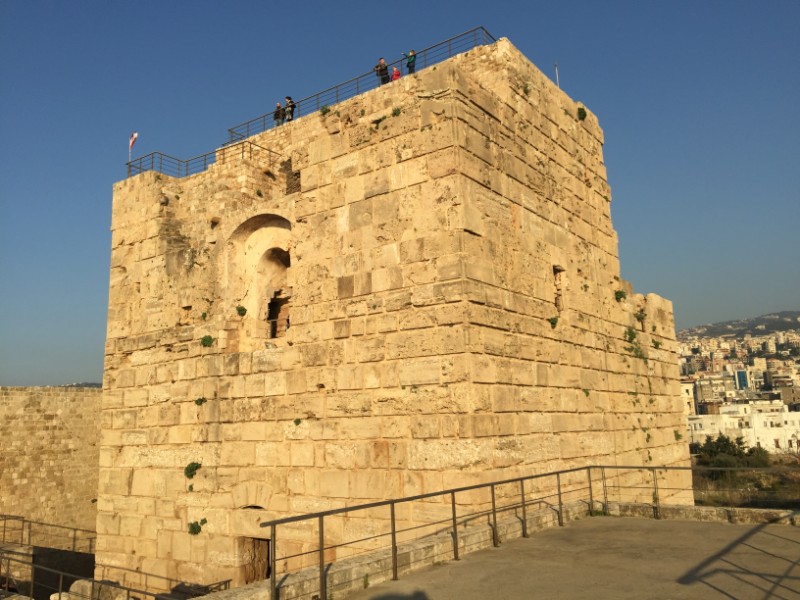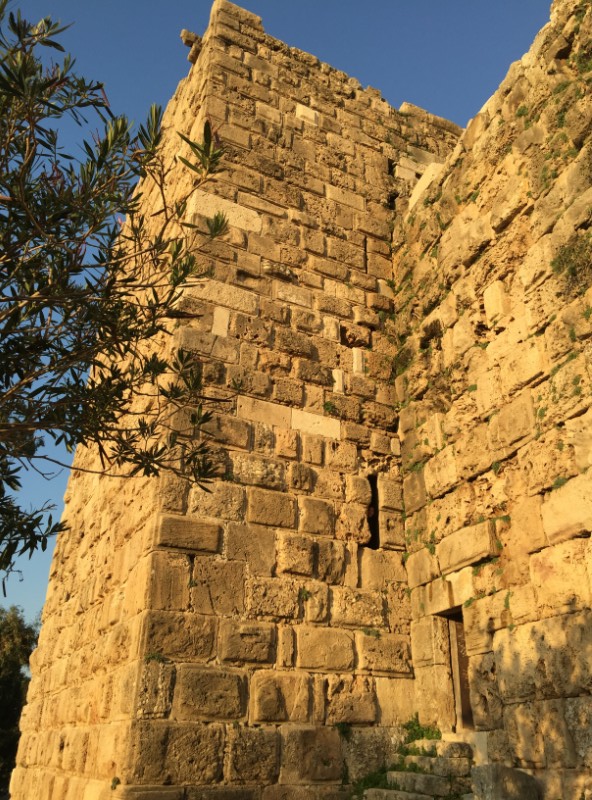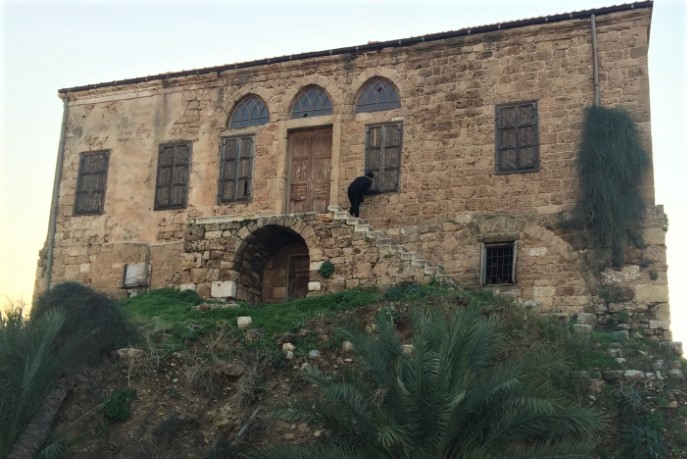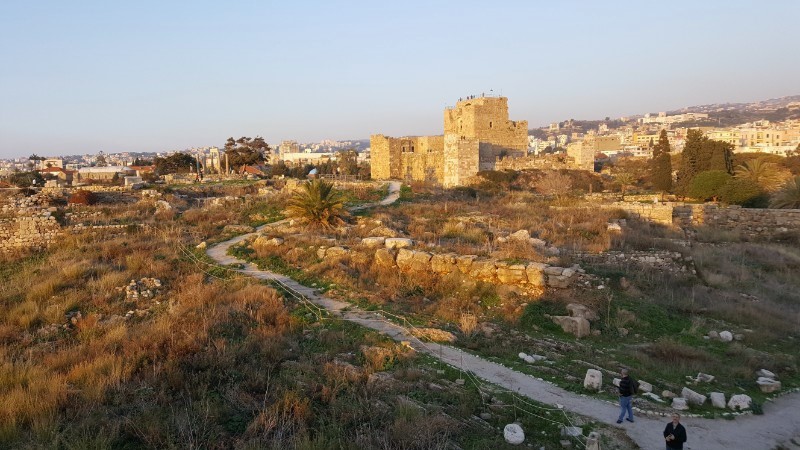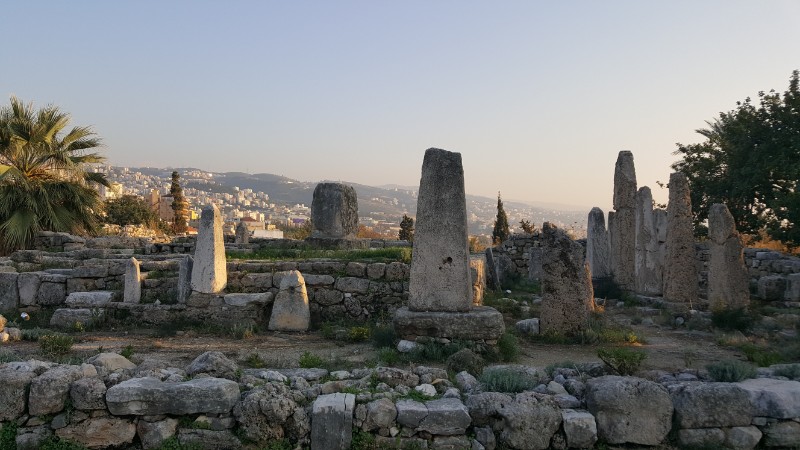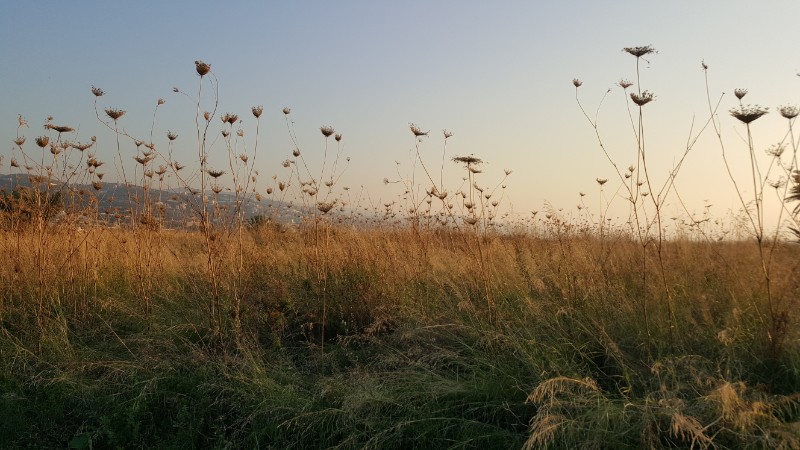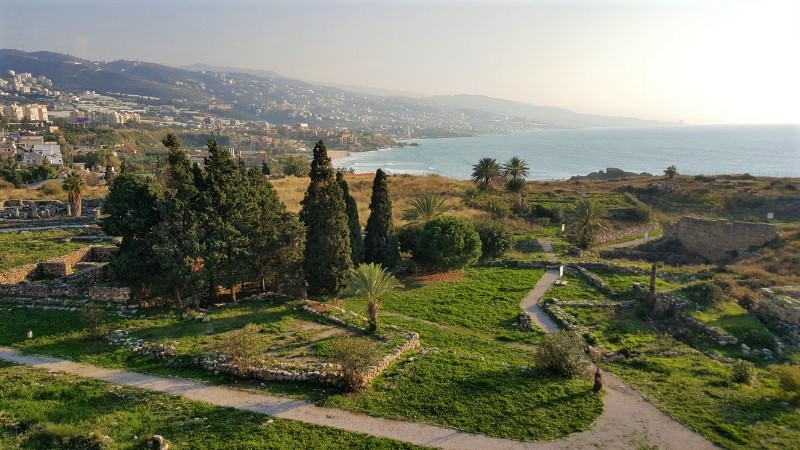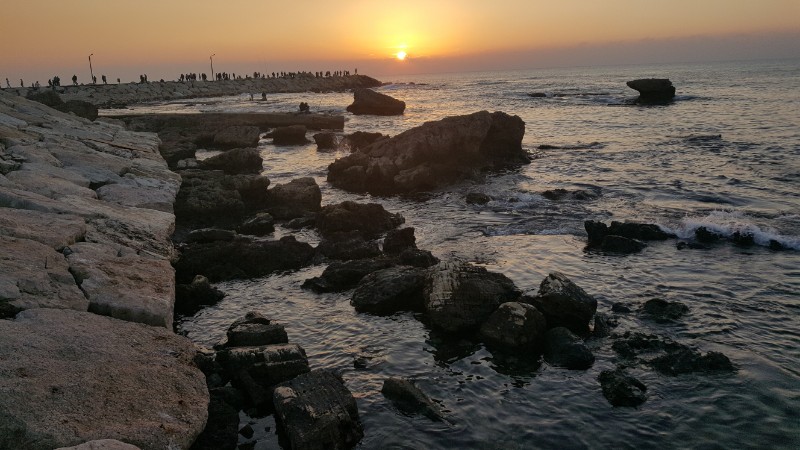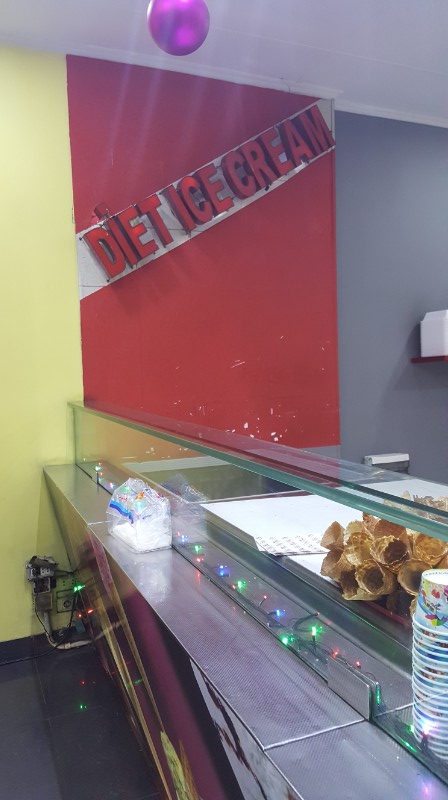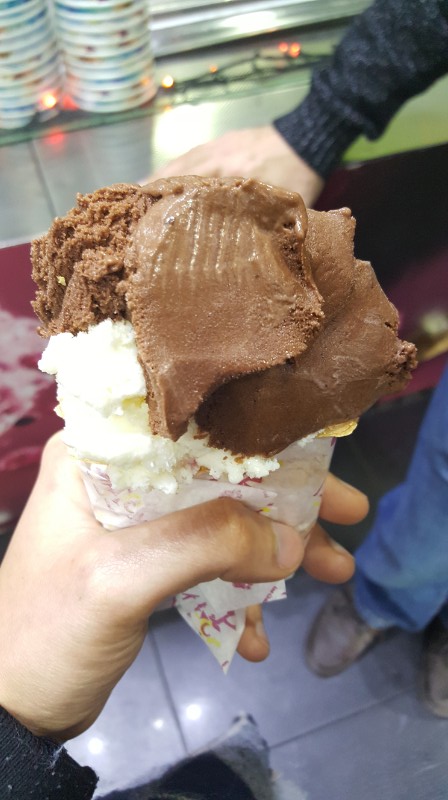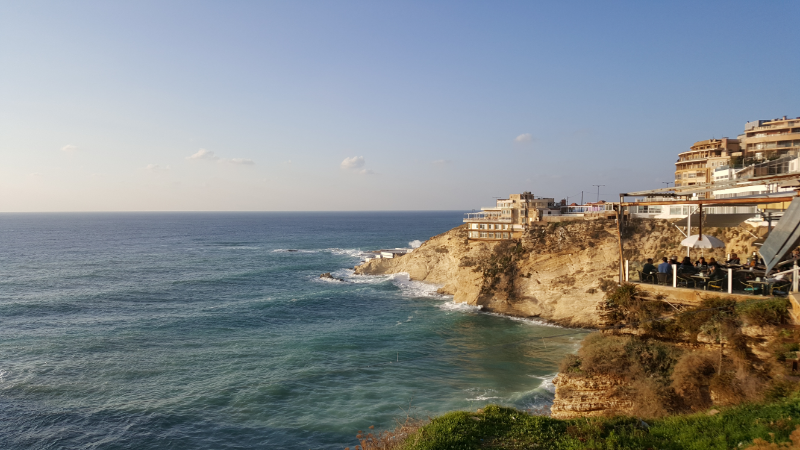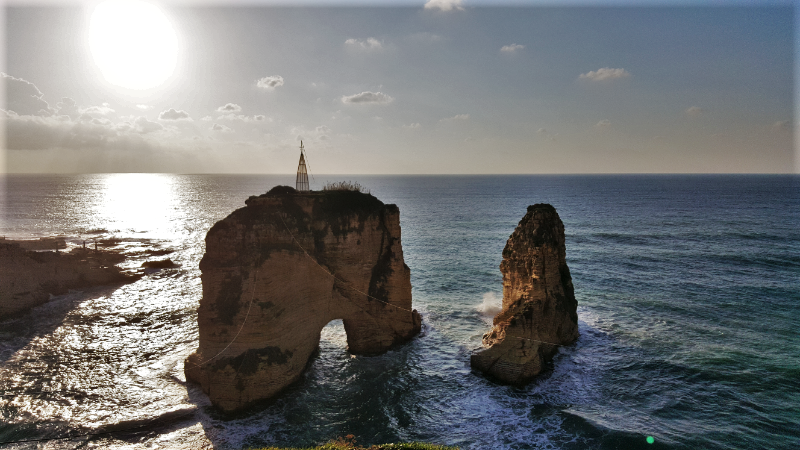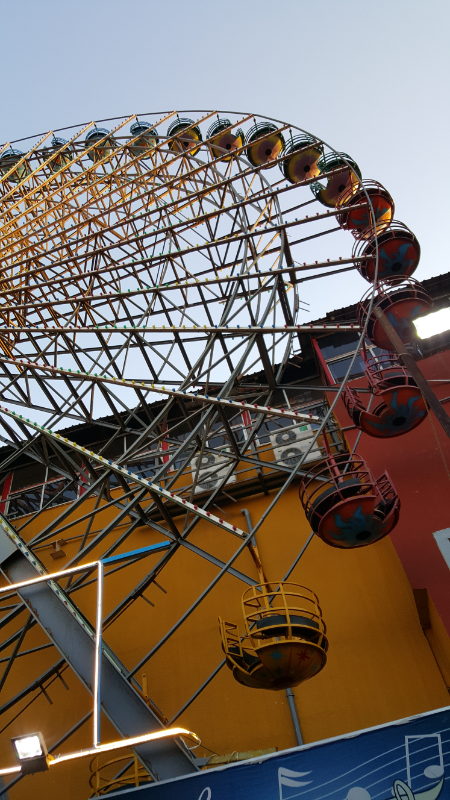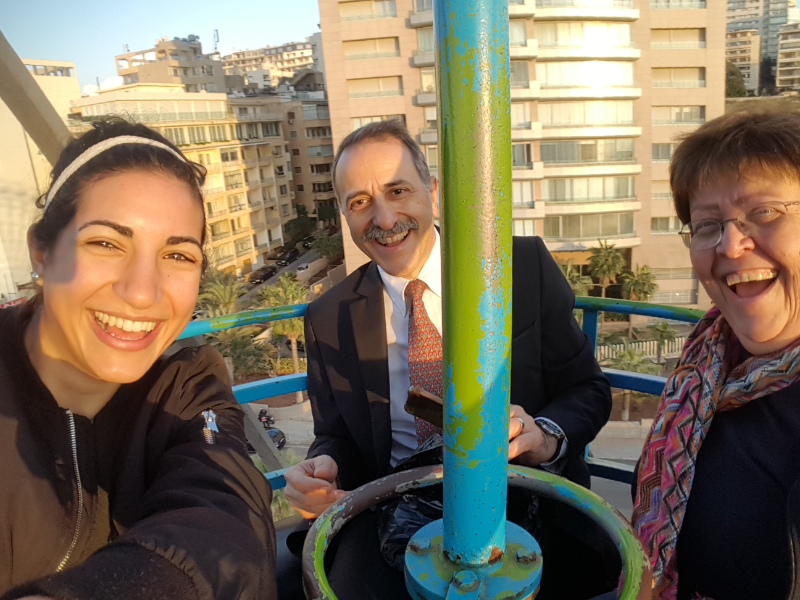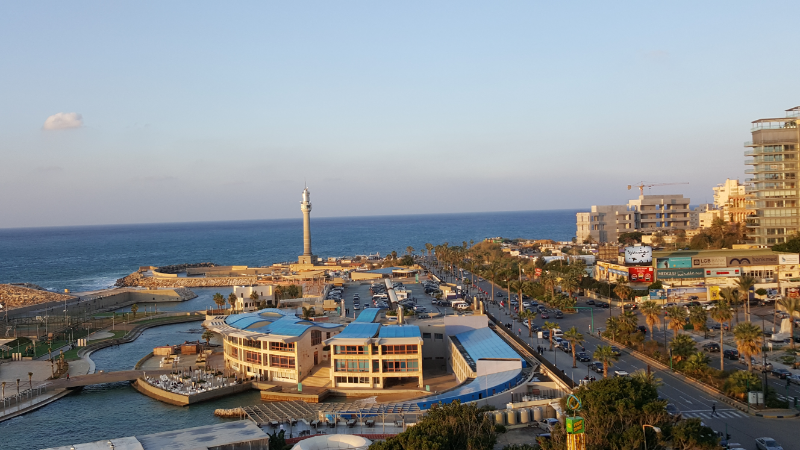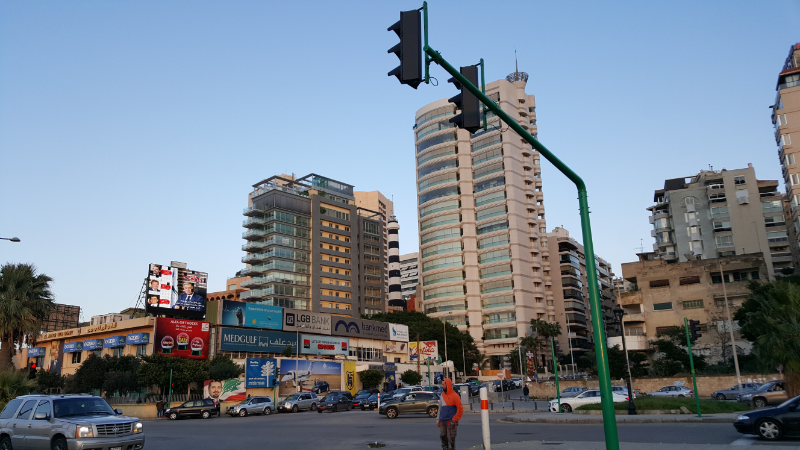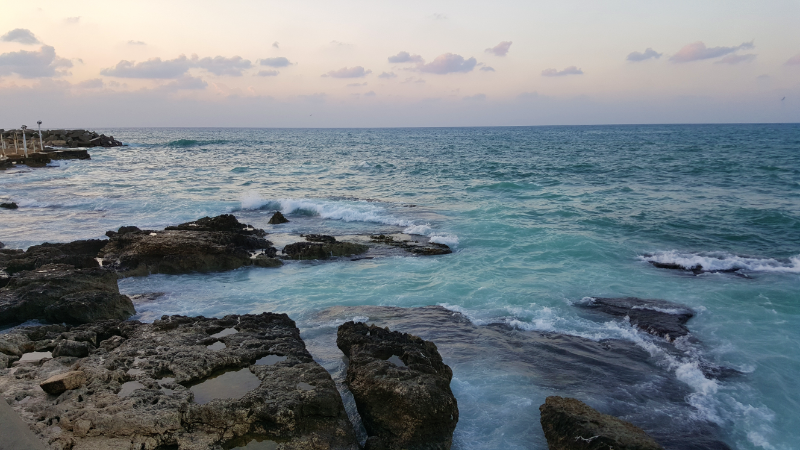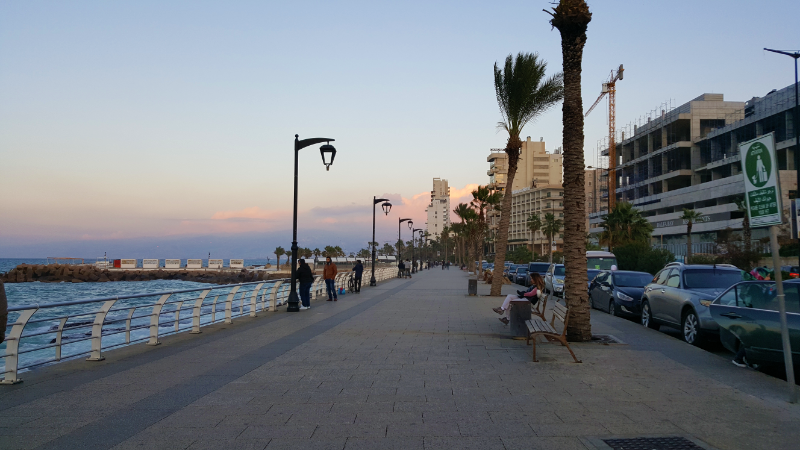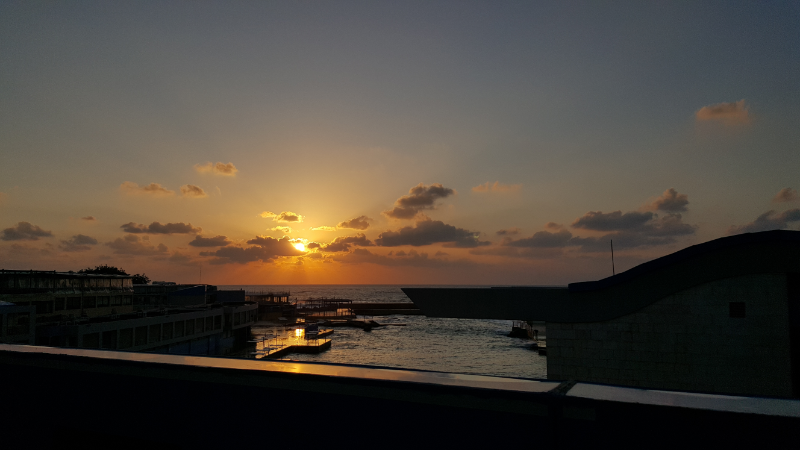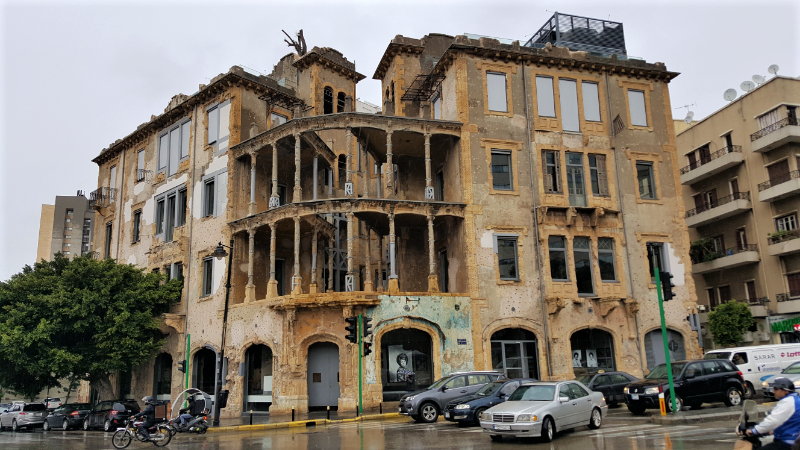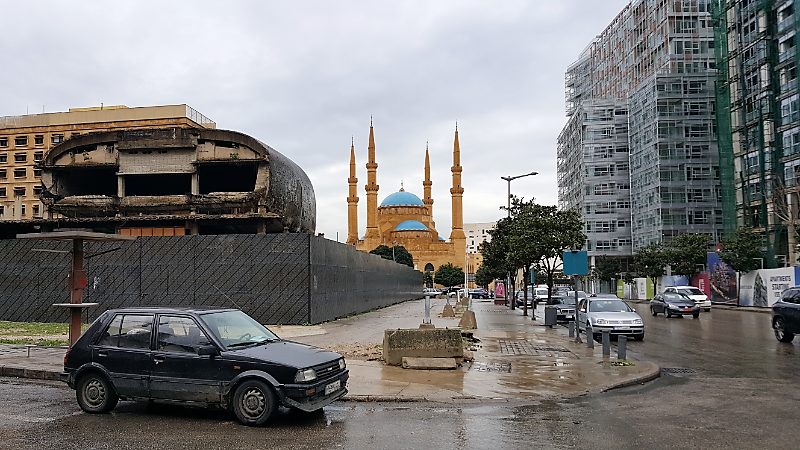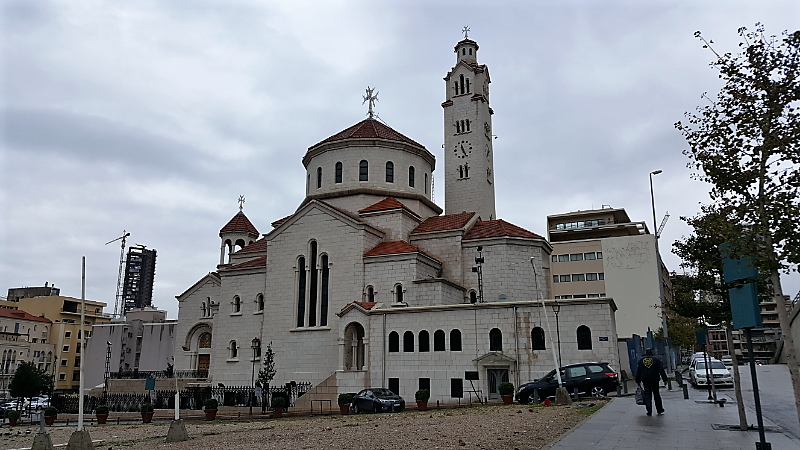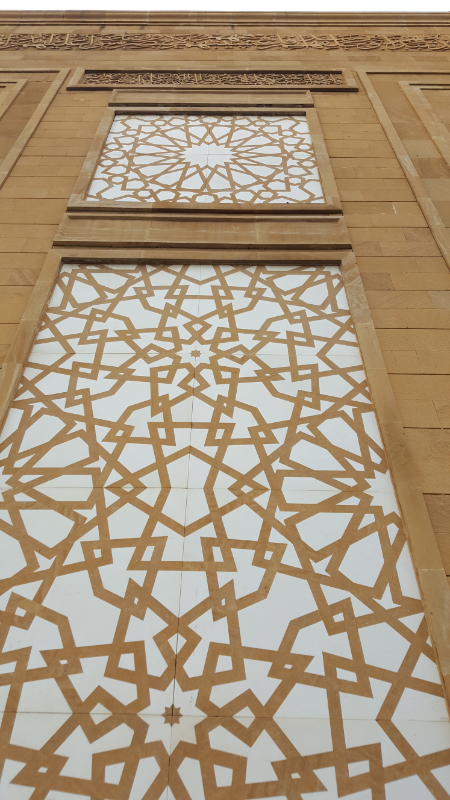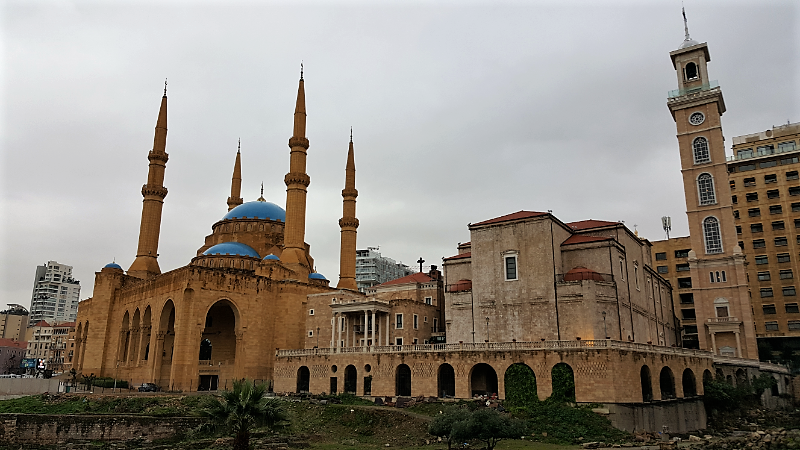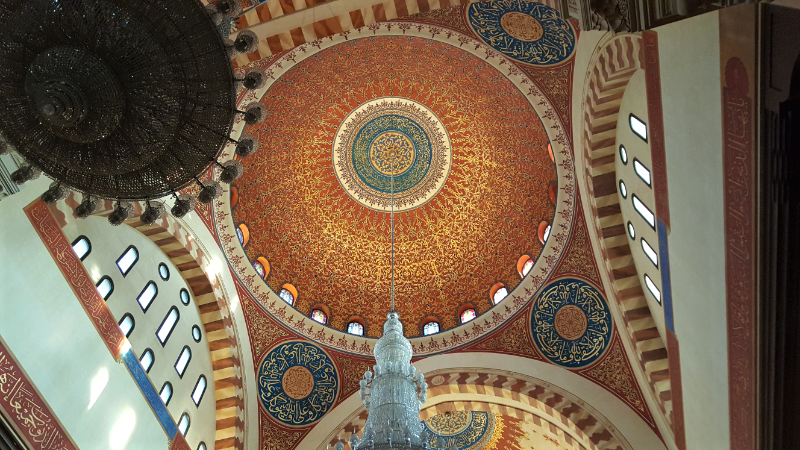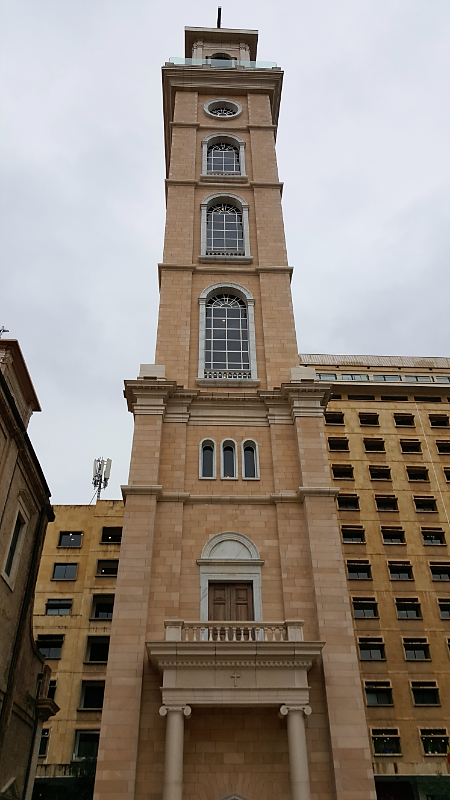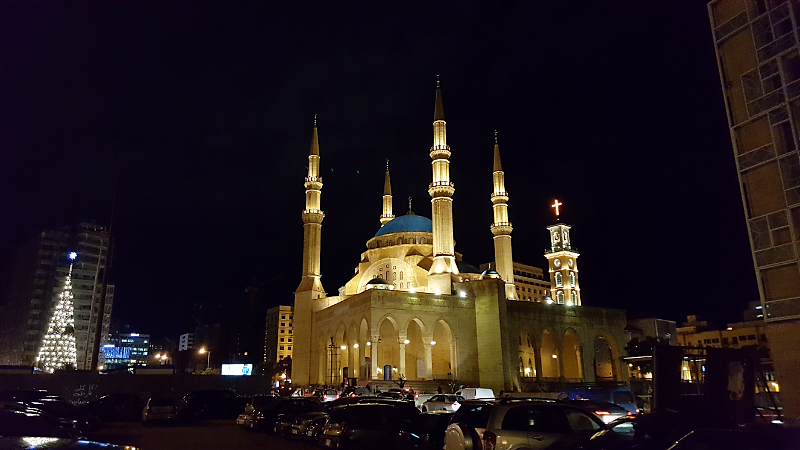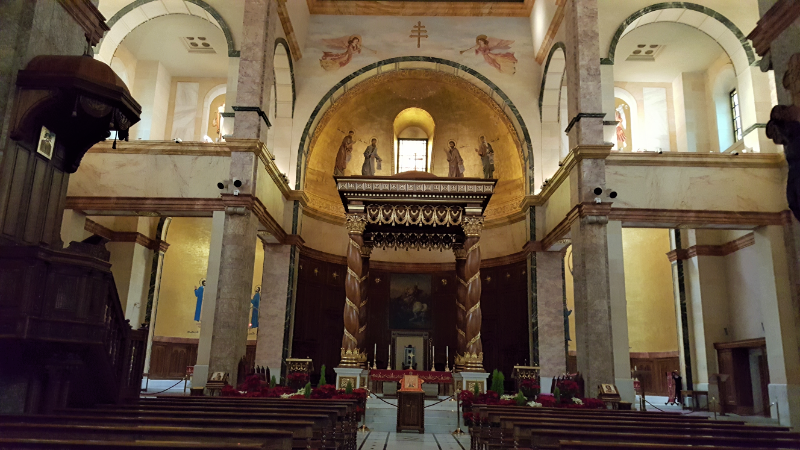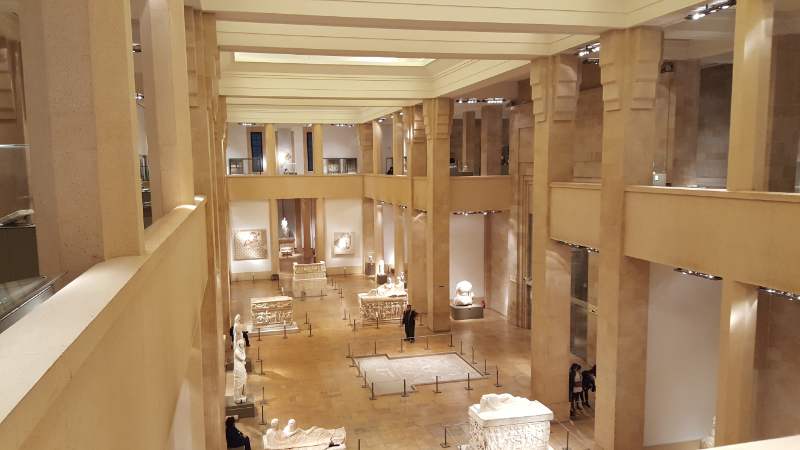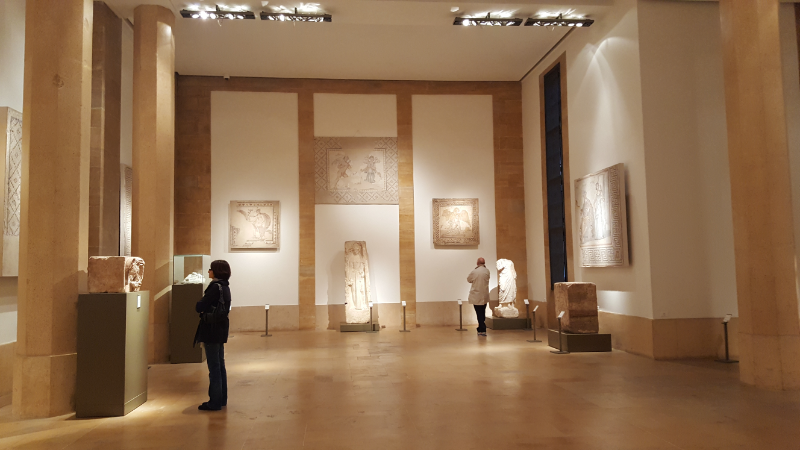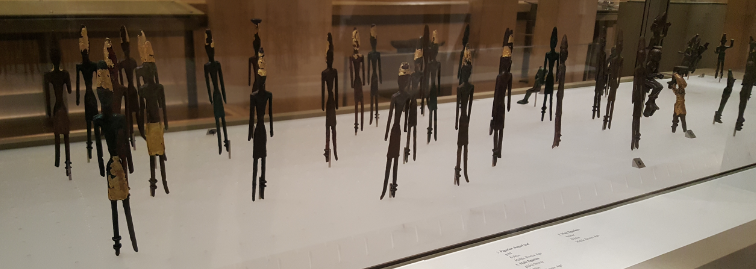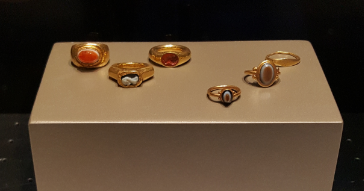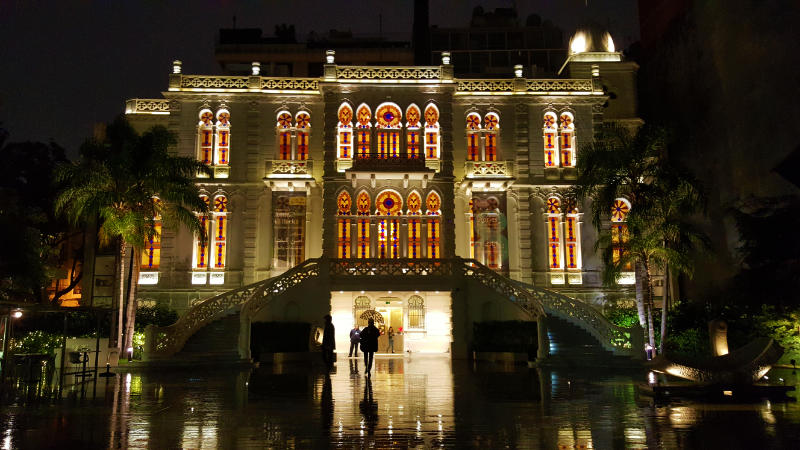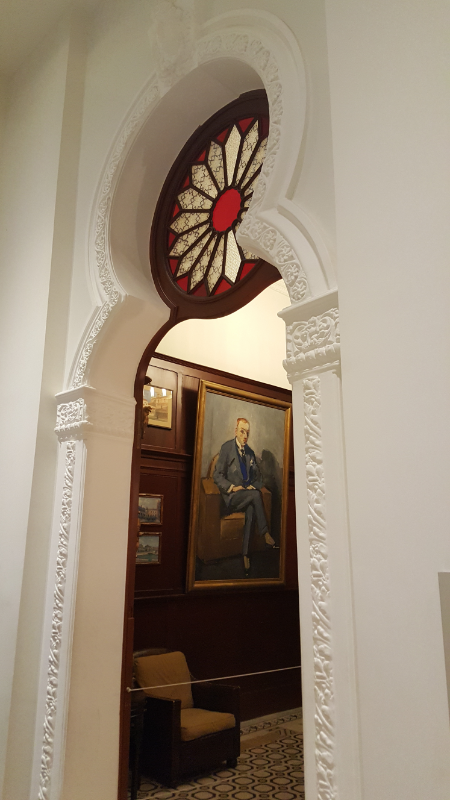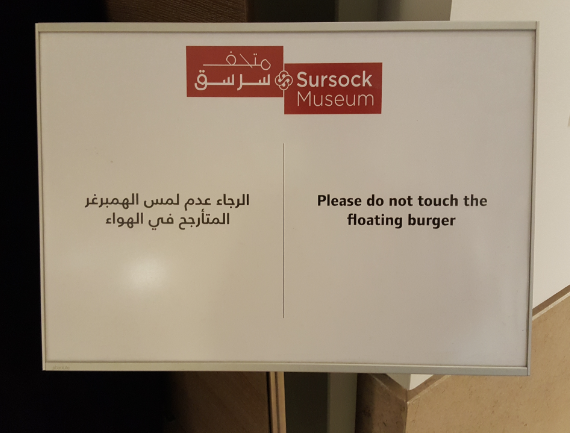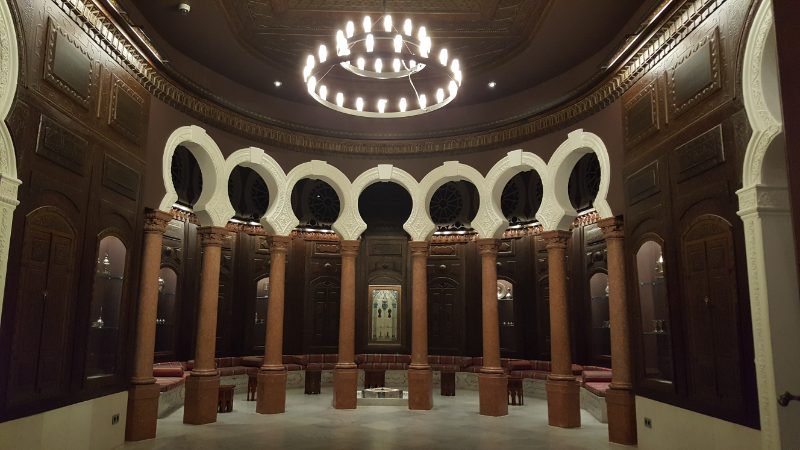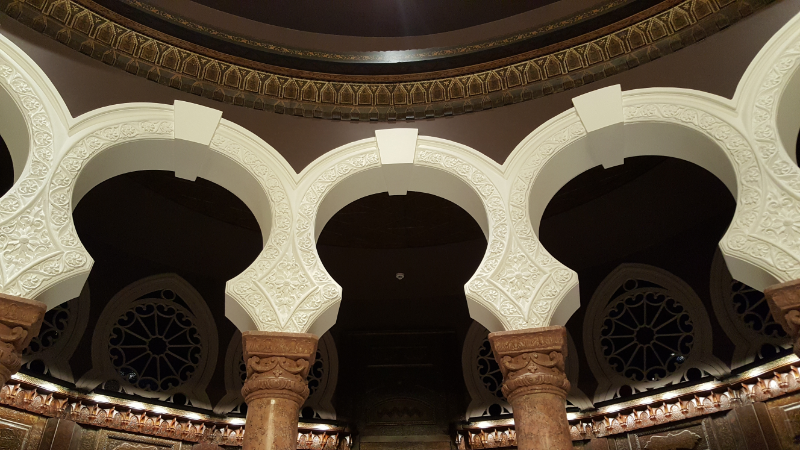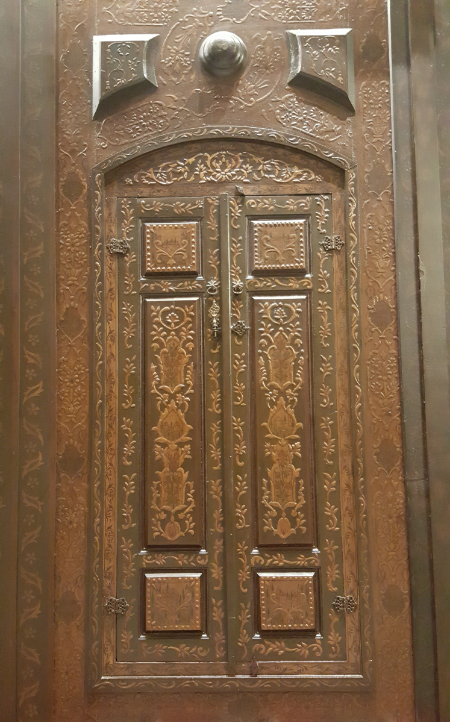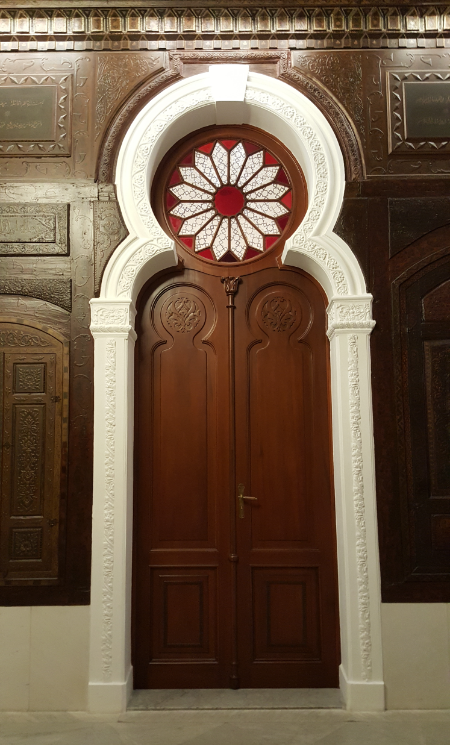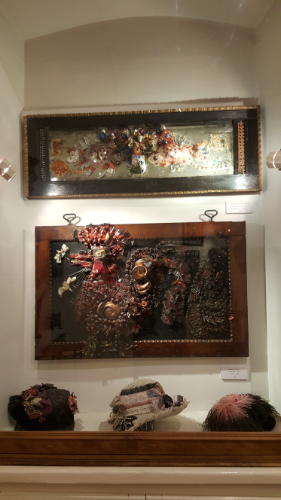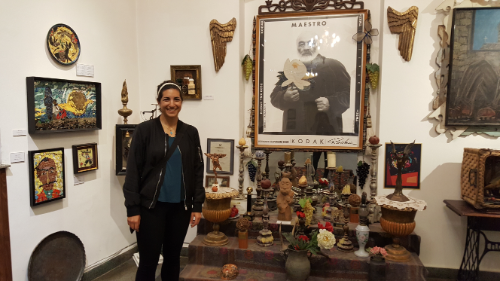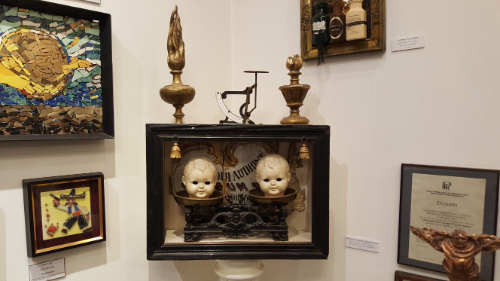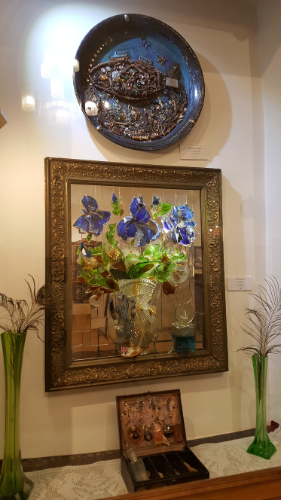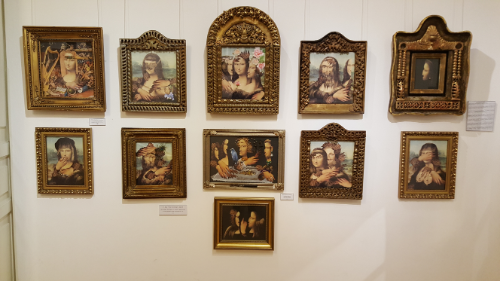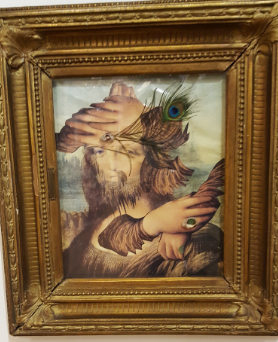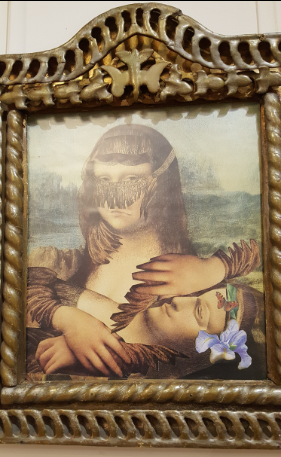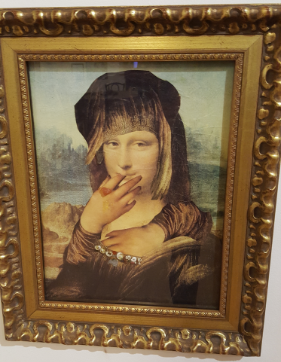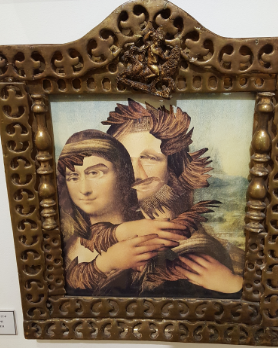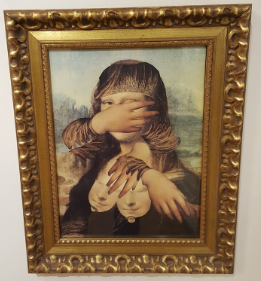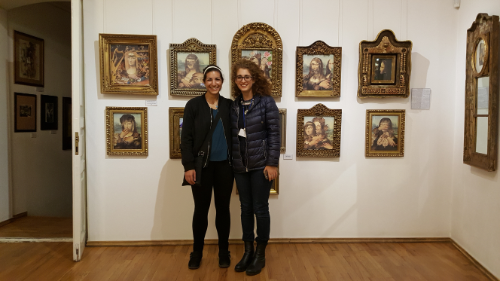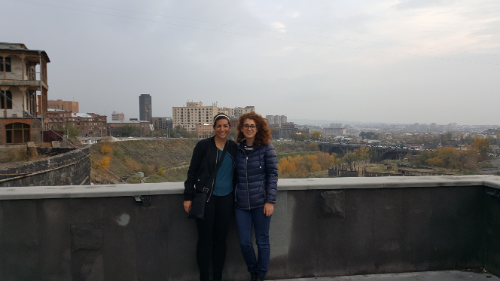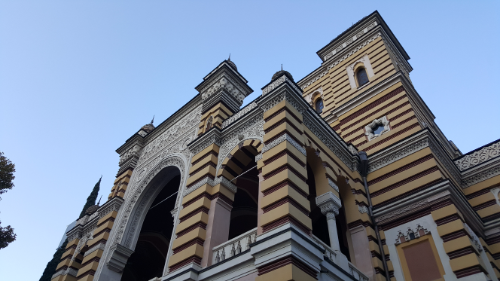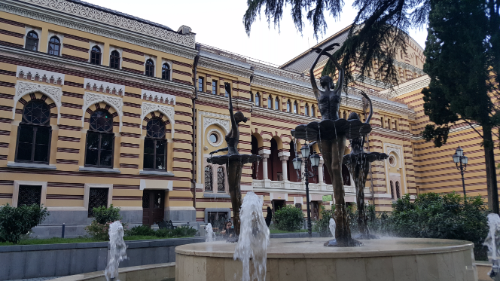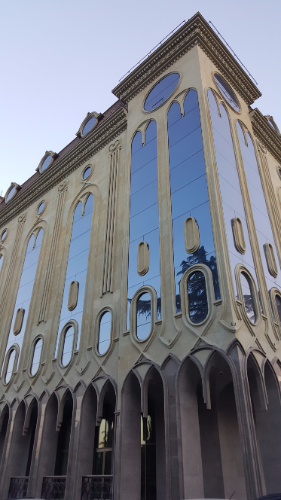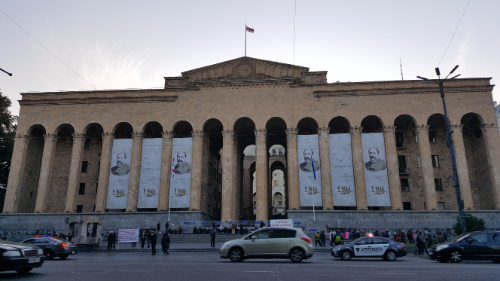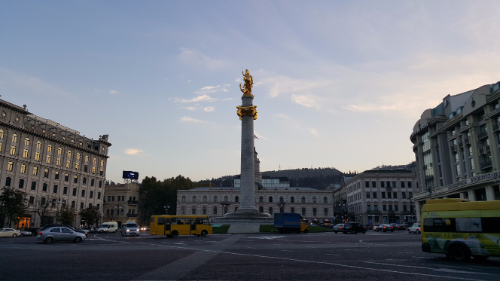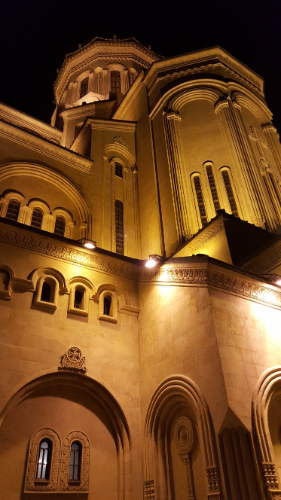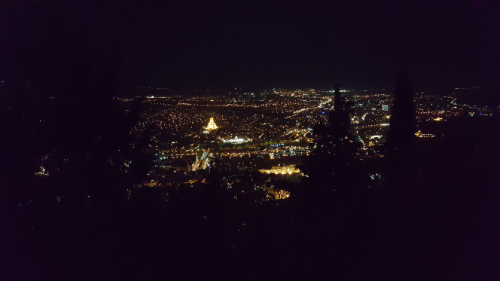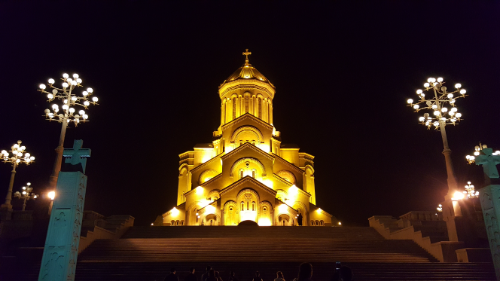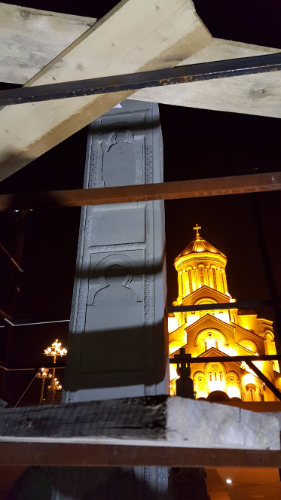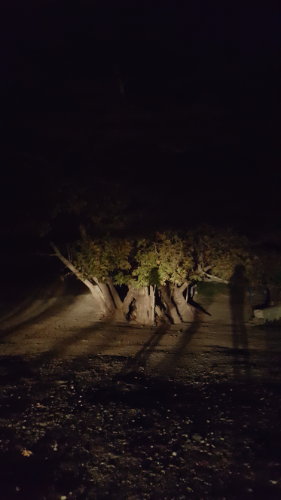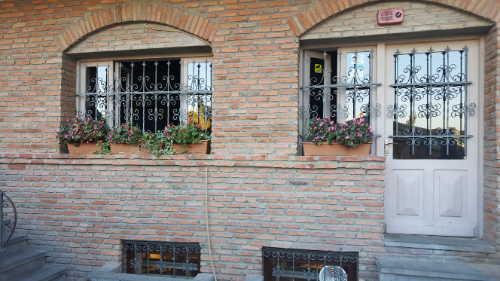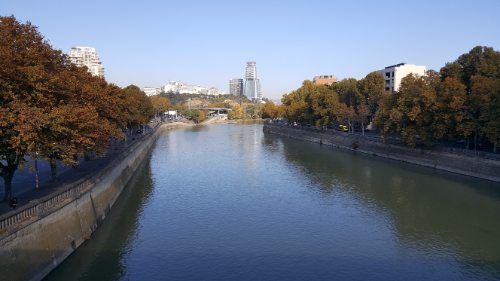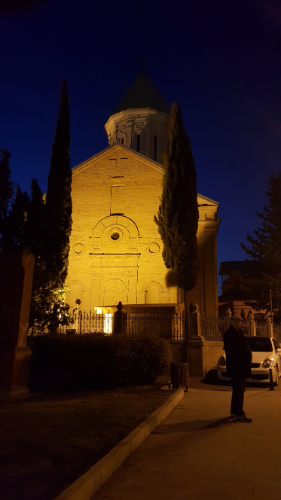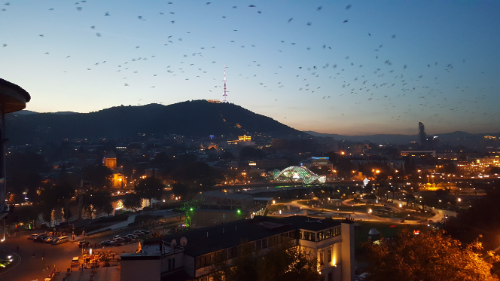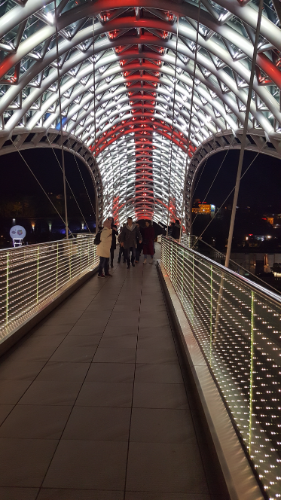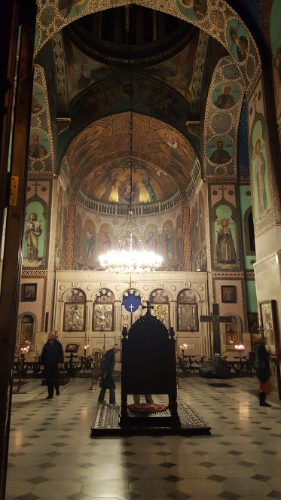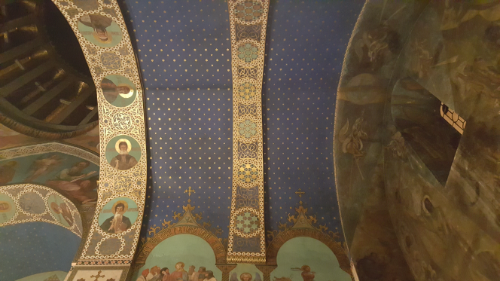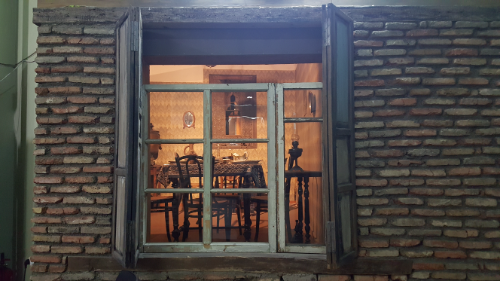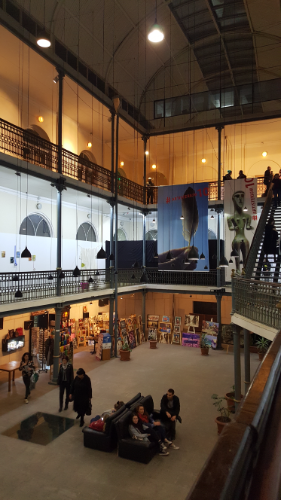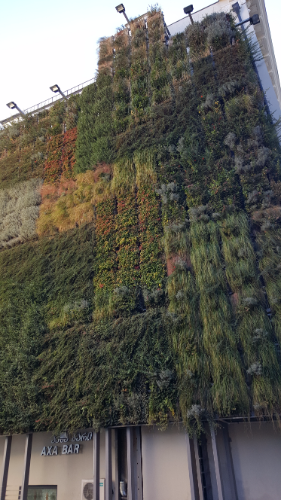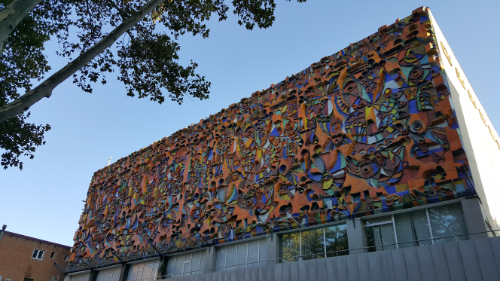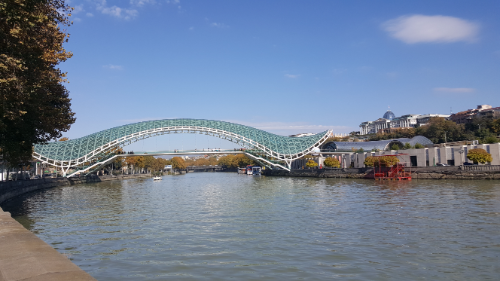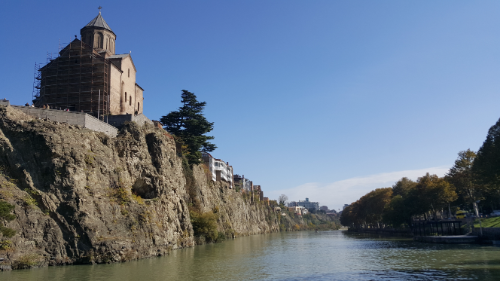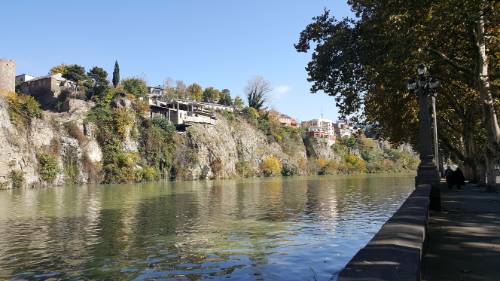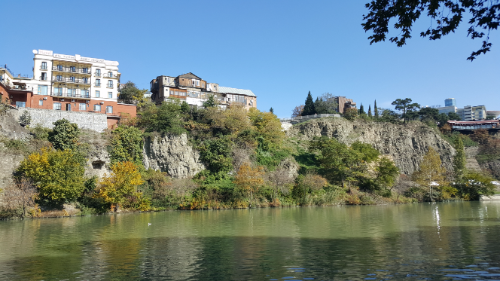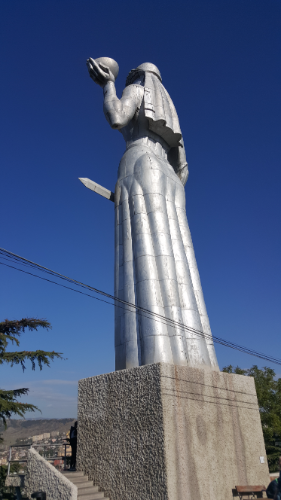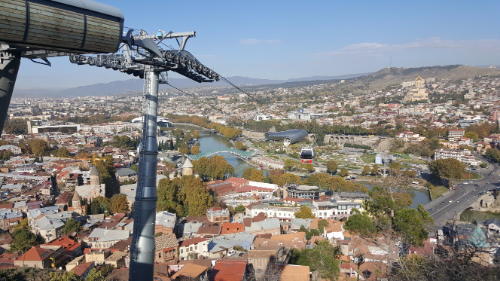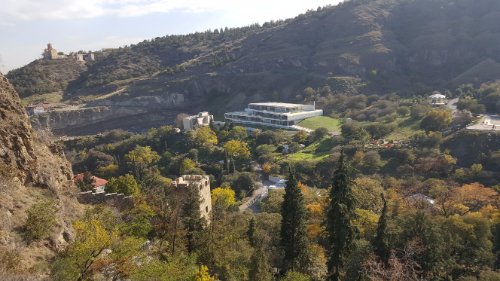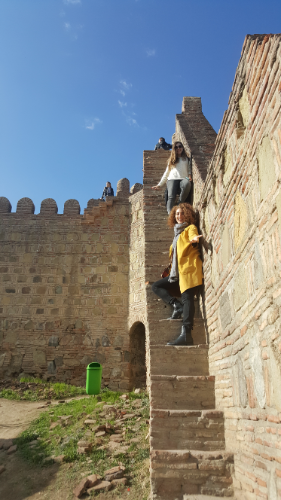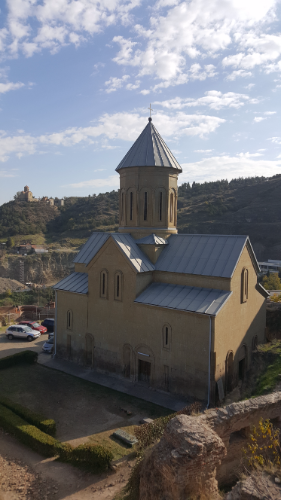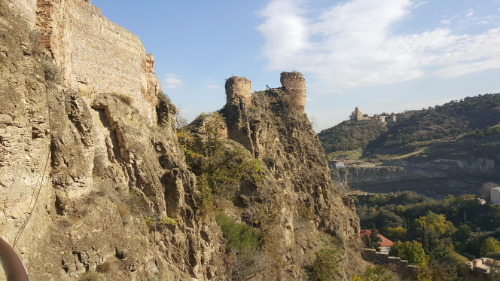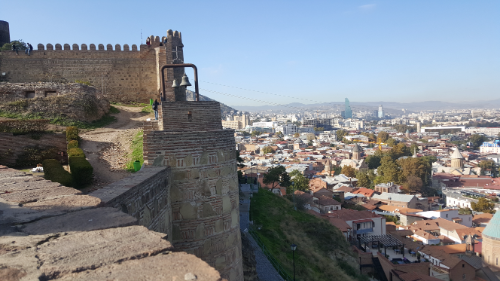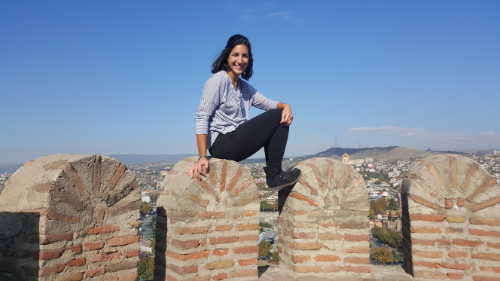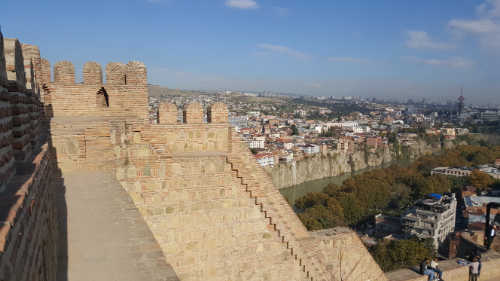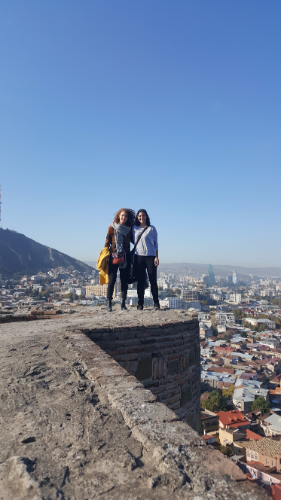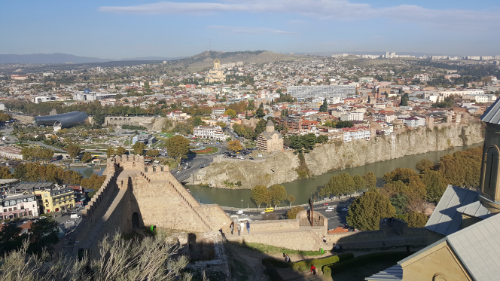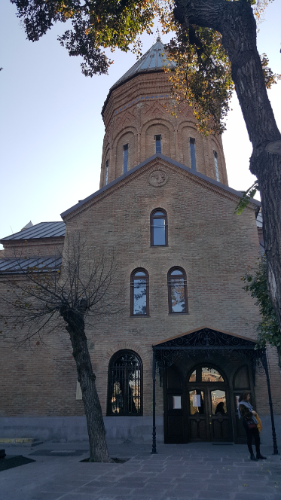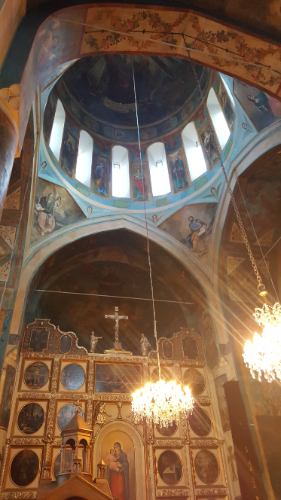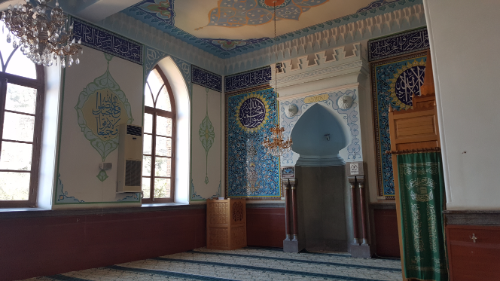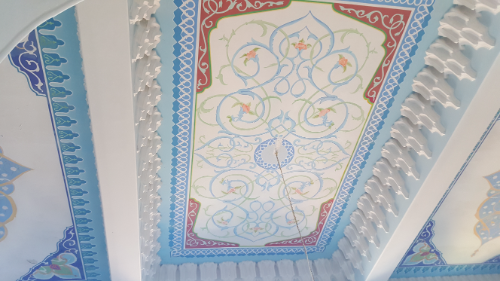Welcome to Dubai! Leaving Lebanon was sad, but that was buffered a bit by the fact that I still had an adventure ahead. I intentionally scheduled a long layover in Dubai so that I could leave the airport and check out the city. I was trying to get a normal length layover until I realized that the long one was cheaper, AND it gave me a chance to see something new. Score!
Before I get into what I did while I was there, let me tell you about some of my first impressions…
- Vertical city – Dubai claims to be a “vertical city”, and I guess to a certain extent, that’s true. There are a lot of VERY tall buildings. At the same time though, it’s also very horizontal. There will be a little patch of super tall buildings over here, then there’s an area of completely flat land, and then there’s another patch of tall buildings. It’s like if you took the center city areas of a bunch of cities and then put them near each other. Instead of seeming like one city, it’s more like a few weird, disconnected but nearby cities.
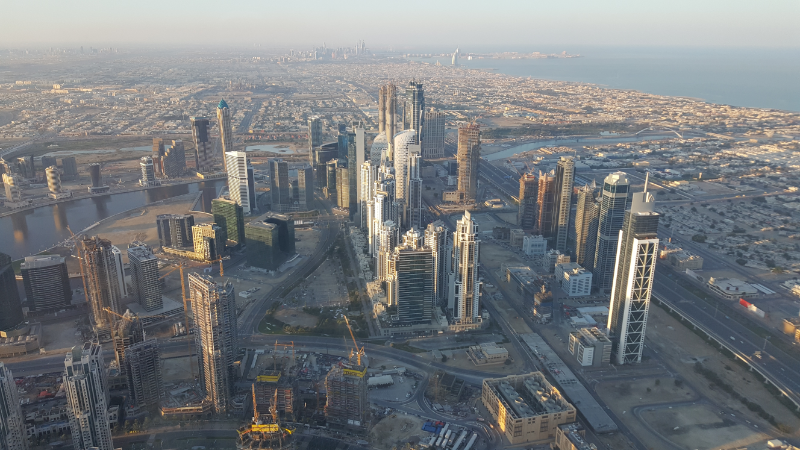
Cluster of tall buildings. Flatness. Cluster of tall buildings. - Not a city made for people – That sounds stupid, I know, but I mean that it’s really not pedestrian friendly. I always consider one of the great things about cities to be the fact that you don’t need a car. If you’re in the downtown area, you should be able to walk to all of the major things. In Dubai, there are places where it’s so hard to find a place to cross the street that you feel like you can’t even navigate the city on foot. It is also completely NOT bike friendly which is enough to make me immediately turn up my nose (I’m a bike snob, I know).
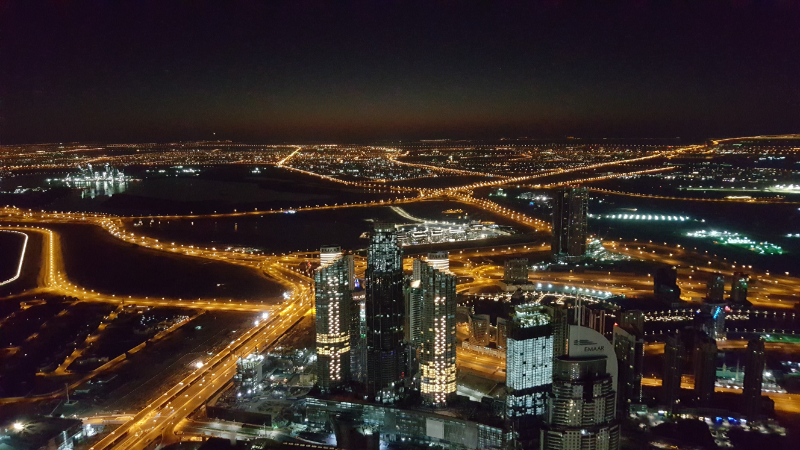
This night shot is cool because you can so clearly see the roads. All of the orange light lines are street lights… doesn’t it seem wrong that so many of them are floating in a sea of darkness with no buildings near them? - Public transit – As bad as the pedestrian situation is, the public transit really is good. I rode the metro, bus, and trolley while I was there, and all of them were impressive. They were clean and prompt and everything had a separate section for women only. The first time I went on the metro, I was going to just ride in the normal part… until I looked around the platform and realized that NO other women were standing near me. I moved to the women’s car, and I’m happy that I did because it was PACKED, and at least that way I didn’t have to be smushed up next to a bunch of smelly guys.
The price of the public transit also wasn’t bad… a little over a dollar for a ride. I think that if you have a more permanent card, it’s even cheaper too.
There are A LOT of rules on the metro. The number of things that you can get fined for is actually kind of impressive. There are penalties for eating, drinking, chewing gum, falsely pressing the emergency button, being a man in the women’s cabin… probably more that I’m forgetting. I don’t know how seriously they enforce the rules, but they exist.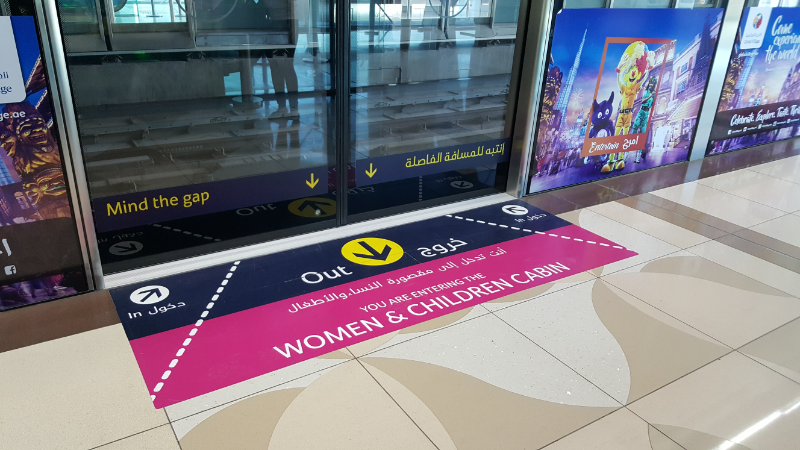
They make it very clear where the women’s car on the metro is. - Shiny and new – Everything just seems… shiny. And surreal. And inauthentic. It’s like the whole city is trying too hard. For example, there’s this one part of the city that’s supposedly “historically preserved”. In Dubai that apparently means “rebuilt but in the old style”. The buildings are too tall. Everything is too new. It’s just too fill in the blank.
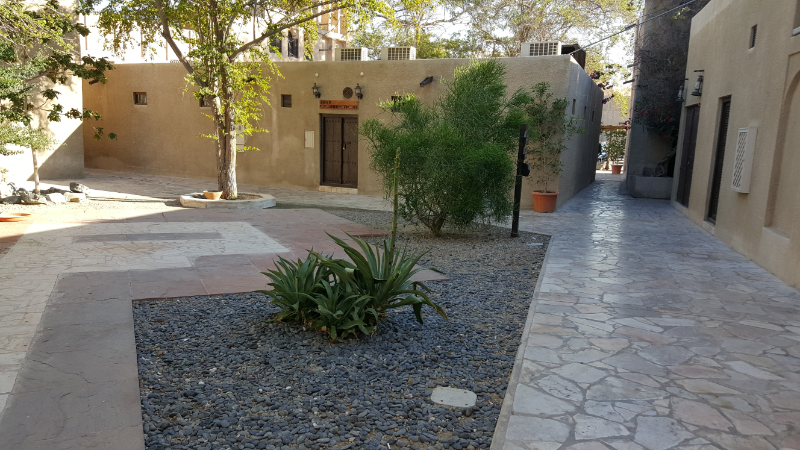
This is supposed to be “old” Dubai… It is very clearly “new old” Dubai. How could I tell? Well, besides the fact that everything looked pristine, there were fire alarms and lights installed with no wiring exposed. Unless the pearl divers of old Dubai were way ahead of the rest of us in harnessing electricity, I don’t think those are original. - Foreigners – There are foreigners everywhere. Tons of tourists, tons of foreigners who live there. If you were trying to guess where in the world you were just based on the people, I don’t know that the United Arab Emirates would even be top 15 on your list of guesses.
- English – On that note, you can speak English everywhere. When I was getting ready for my day in Dubai, I stumbled on some forums where people were asking if you needed to speak Arabic to be able to navigate Dubai easily. The answer was a resounding no. After being there, my answer is an even more resounding no. You can easily speak zero Arabic and have zero issues.
- When everything is impressive, nothing is – If you’re a genius and you work at a company filled with geniuses, is anyone a genius? Or are you all just average? Next question: If you’re an impressive skyscraper surrounded by a bunch of other impressive skyscrapers, are any of you impressive? Or are you all just normal? Dubai is filled with statement buildings. They are weird and funky, and in any other city, they would help to define the skyline. Instead, they’re surrounded by other weird and funky buildings that make them look normal. It’s almost a shame that anyone even bothers putting effort into their designs because it’s only a matter of time until there are more tall buildings on all sides, and you can’t even see the first building anymore. If you want to build a statement building and have anyone care, don’t build it in Dubai.
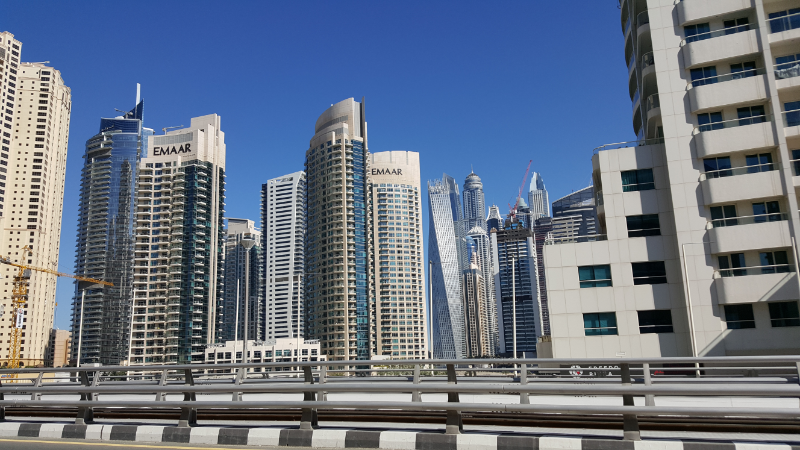
Hidden away in this picture are two skyscrapers that I knew about before I went to Dubai, Princess Tower and Infinity Tower (since renamed, but I’m going to pretend not). If I hadn’t KNOWN that they were there, I wouldn’t have even looked twice. Infinity Tower is the twisty one to the left of the big block building on the right side of the picture, and Princess Tower is behind it with the round spaceship-like top. It’s the second tallest building in Dubai after the Burj Khalifa, but you’d never know because it looks dwarfed from this angle by all of the surrounding buildings. - Construction – Remember when I said that there’s a lot of construction in Beirut? HAHAHA. That’s like child’s play compared to the construction happening in Dubai. Everywhere, there’s some sort of construction happening. It seems like it’s endless, and I seriously just don’t understand it. Which leads me to my next point…
- Confusing – This is a long one. Dubai confuses me in many ways.
There are a few developers who are doing most of the construction in the city. They seem to just keep building more and more and more, and I don’t understand how it’s sustainable. Are they seriously making enough money that it’s worth it to keep building? Maybe this has changed, but I always think of Dubai as a ghost city where there’s a ton of empty property. The numbers have probably improved since back when Dubai was just starting to emerge, but I can’t imagine that everything could be full.
This is going to sound like a direct contradiction of #7, but that’s part of the reason why this is going under the category of “confusing”. Dubai is filled with icon buildings and icon things in general (for example, the palm islands or the world map islands)… and then those iconic things might be right next to the most boring, uniform pop-up of skyscrapers ever. There were some skyscraper clusters where it looked like the architect got bored or fired after designing the first building, and every building after that was just slightly modified from the first. Maybe this one has 10 fewer floors. Maybe that one has one column of windows shifted slightly. Why build an army of buildings that all look the same and that are all seemingly empty?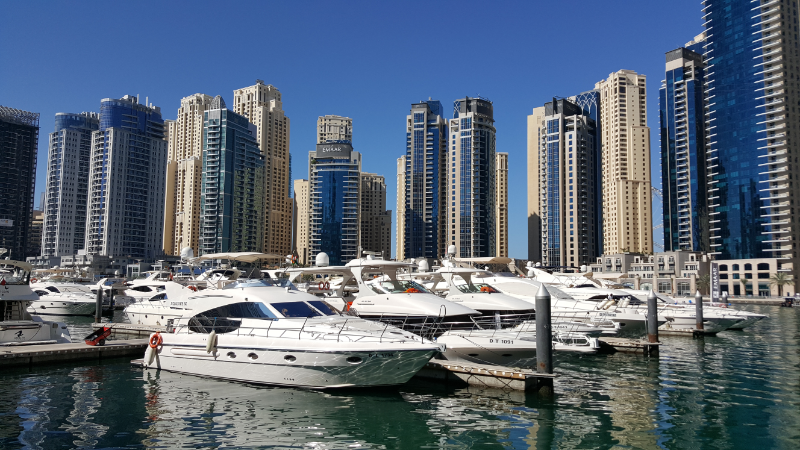
Have you ever seen a more boring group of skyscrapers? Just wait until you see them from the back… 
Okay, NOW have you ever seen a more boring group of skyscrapers? Seriously, how lazy can you be? B.O.R.I.N.G. - Over-the-top – Everything. Nothing can be done halfway. If something is done, it will be the _______est. The Burj Khalifa is the tallest building in the world. The world map islands are the most ridiculous collection of man-made islands (that’s a title that I just made up now, but I am extremely confident that it would hold up in front of a judge). The I-can’t-remember-the-name flower garden is the most absurd flower garden in the world. It’s like everything is super-sized whether that be in actual size or just in concept.
There are a few of my first impressions of the city, but if I’m being totally honest, none of those were surprises to me. I think it was about what I expected. That doesn’t make it any less weird, though, when you’re surrounded by tall buildings and there’s not a person in sight. There were moments when I felt like I was in a post-apocalyptic movie or something, and I was the last human on earth. The city is built for SO many more people than live there. I wonder if it will ever grow into itself. Better question, if it DOES grow into itself, will there be enough capacity in the public transportation and roadways to accommodate those people?
Next, I’ll tell you a little bit about the history of Dubai and how it turned into the craziness that it is today. Maybe the history lesson will clear up some of your confusion regarding the mysterious existence of this wacky city… or maybe not.

